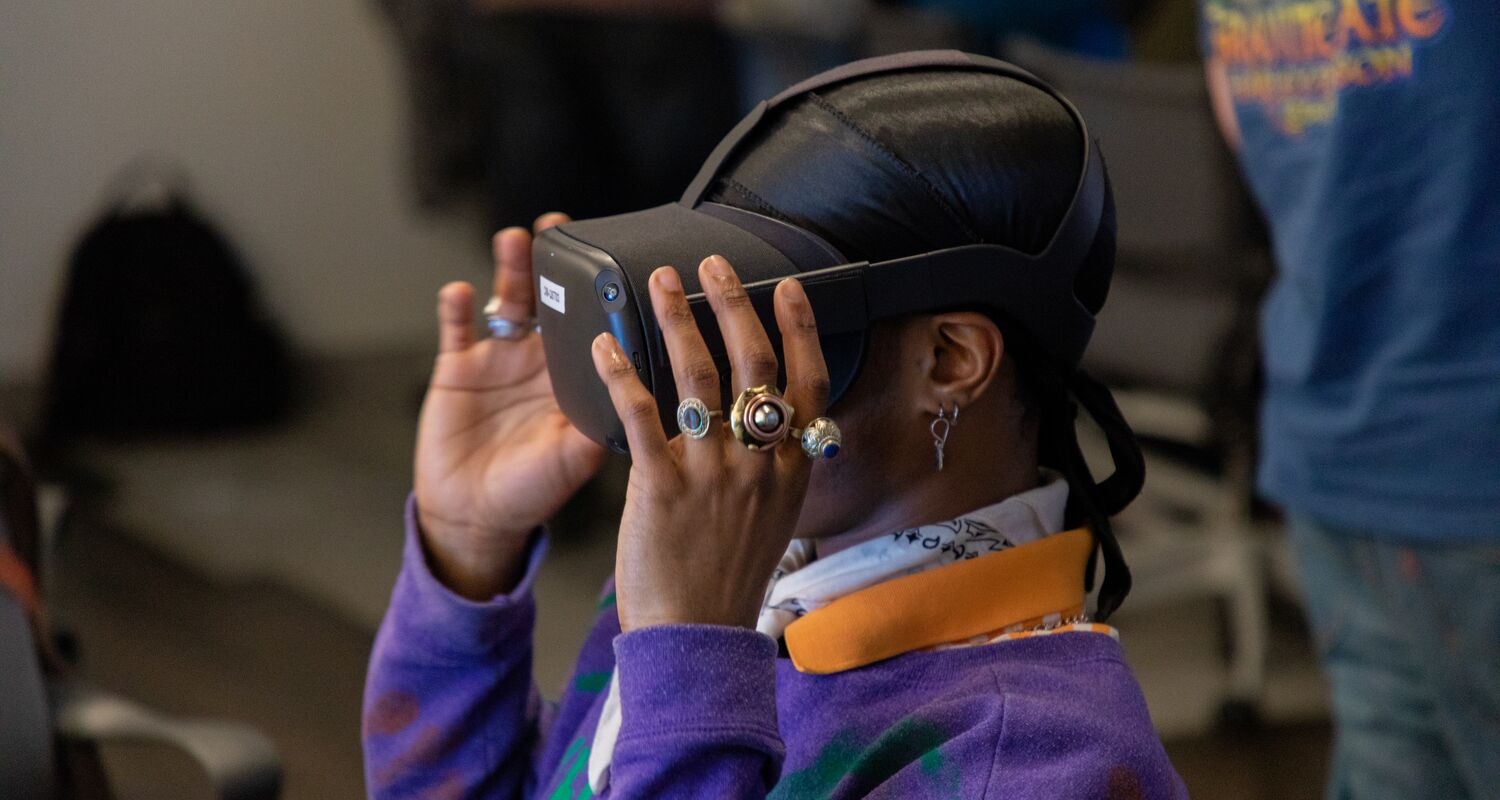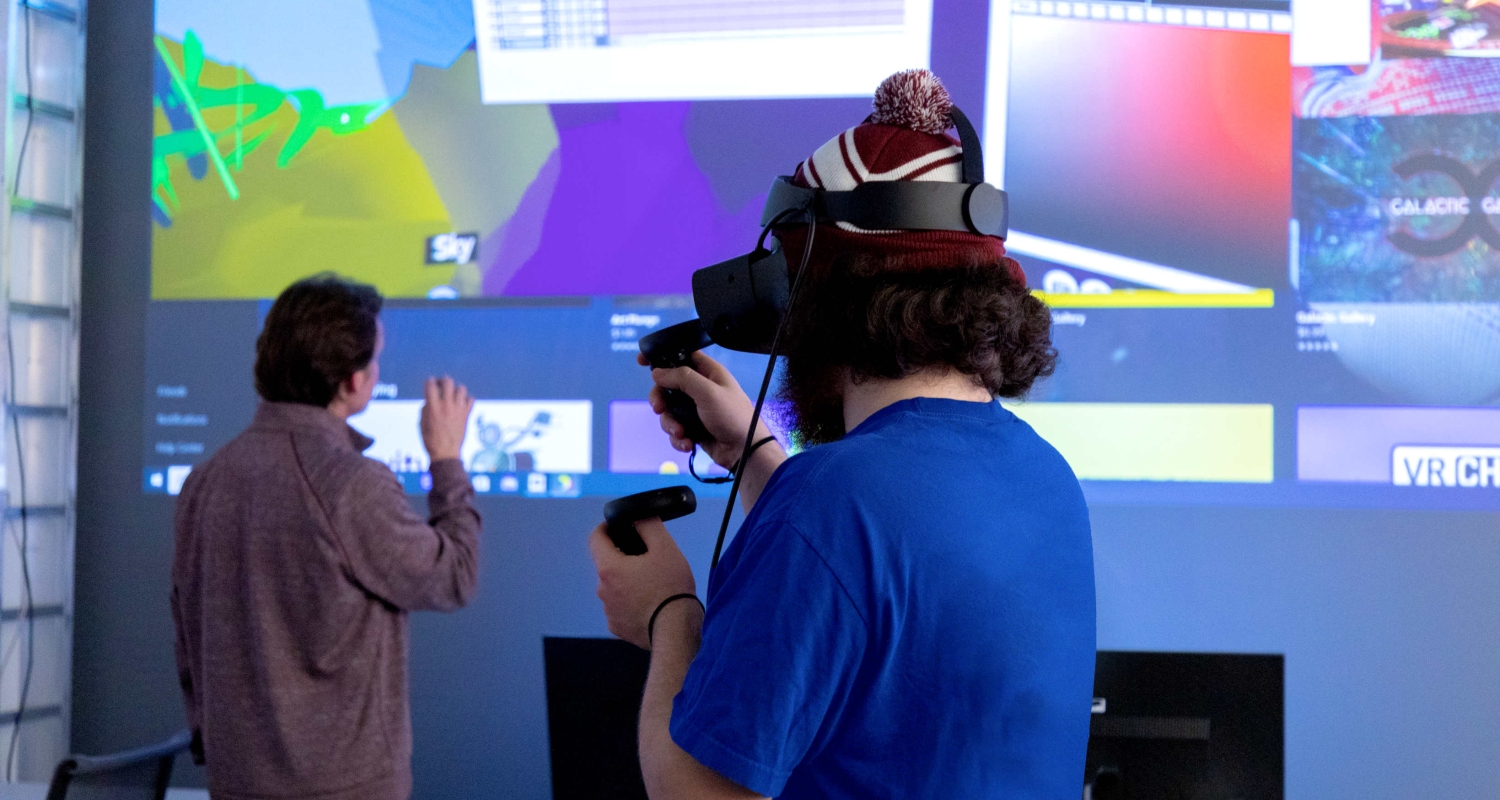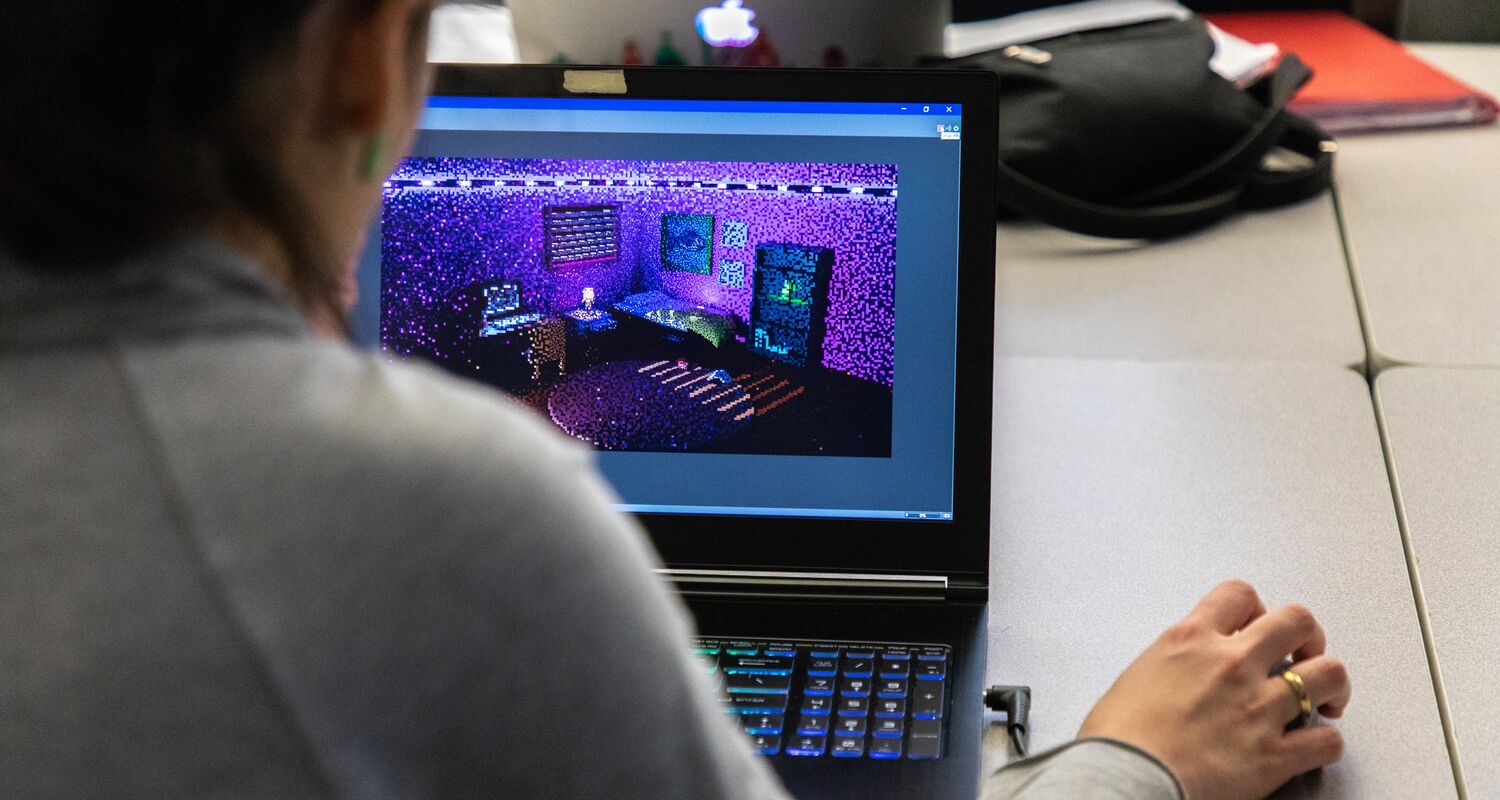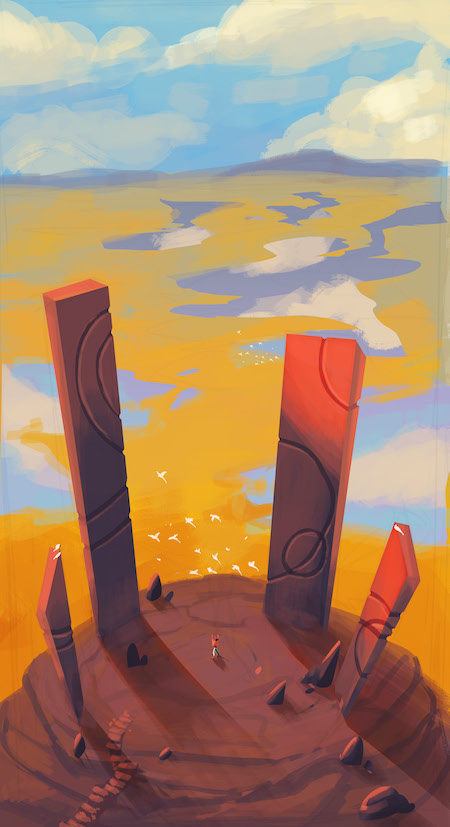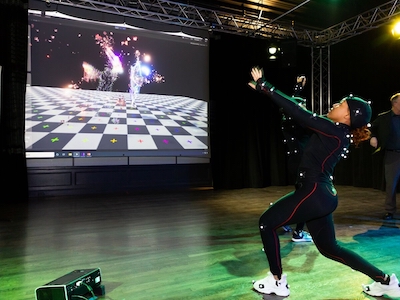Game Art (BFA)
Game Art Major
The Bachelor of Fine Arts (BFA) degree program in Game Art addresses an area of specialization with 2-D and 3-D graphics for real-time systems such as games and simulations.
In the Game Art Bachelor of Fine Arts degree program, you’ll express your creativity and prepare for a productive career. Our students enter the Game Art degree program with experience in traditional art or design. Prior experience in game art is not necessary, as you’ll learn those skills and techniques during your studies. This degree program develops fine artists with a strong core foundation who use contemporary technology. You’ll be prepared to become an effective, creative partner—whether co-founding your own indie development studio or working on a large AAA title.
The Center for Immersive Media
UArts’ commitment to this rapidly emerging field is undeniable. In 2019, we opened the 5,600-square-foot Center for Immersive Media, dedicated to motion-capture and immersive technologies like augmented and virtual reality. Game Art Program Director Erik Van Horn taught one of the world’s first Artmaking in VR courses here. Learn more about the Center for Immersive Media.
A Part of the Philadelphia Video Game Community
Video games are one of the leading forms of entertainment in the U.S. with total sales exceeding $60.4 billion in 2021. The growing industry is full of opportunities for game artists. Philadelphia is the place to study game design, as it’s hailed as the best place in the U.S. for startup businesses, is home to AAA Studios and has an active indie video game development scene. UArts’ Bachelor of Fine Arts degree program in Game Art is active in the local game development community, and our students work hand in hand with industry professionals in game jams and other industry events. Our campus is located on the Avenue of the Arts in Center City, which means you’ll be at the center of the local scene.
In 2023, the Game Art program at UArts was named in the top game design schools in Pennsylvania and in the top east coast game design schools by Animation Career Review, making UArts Pennsylvania's highest ranked small college for Game Art. UArts was previously featured as one of the "Leading Game Design and Interactive Media Schools" by Newsweek.com.

Explore student demo reels from the Game Art (BFA) program. As a Game Art student, you'll develop meaningful 3-D virtual objects, characters and worlds across a wide range of aesthetic styles. You'll utilize 3-D-game development tools and systems, and collaborate with your peers to imagine and express creative, innovative and visually engaging virtual worlds and characters.
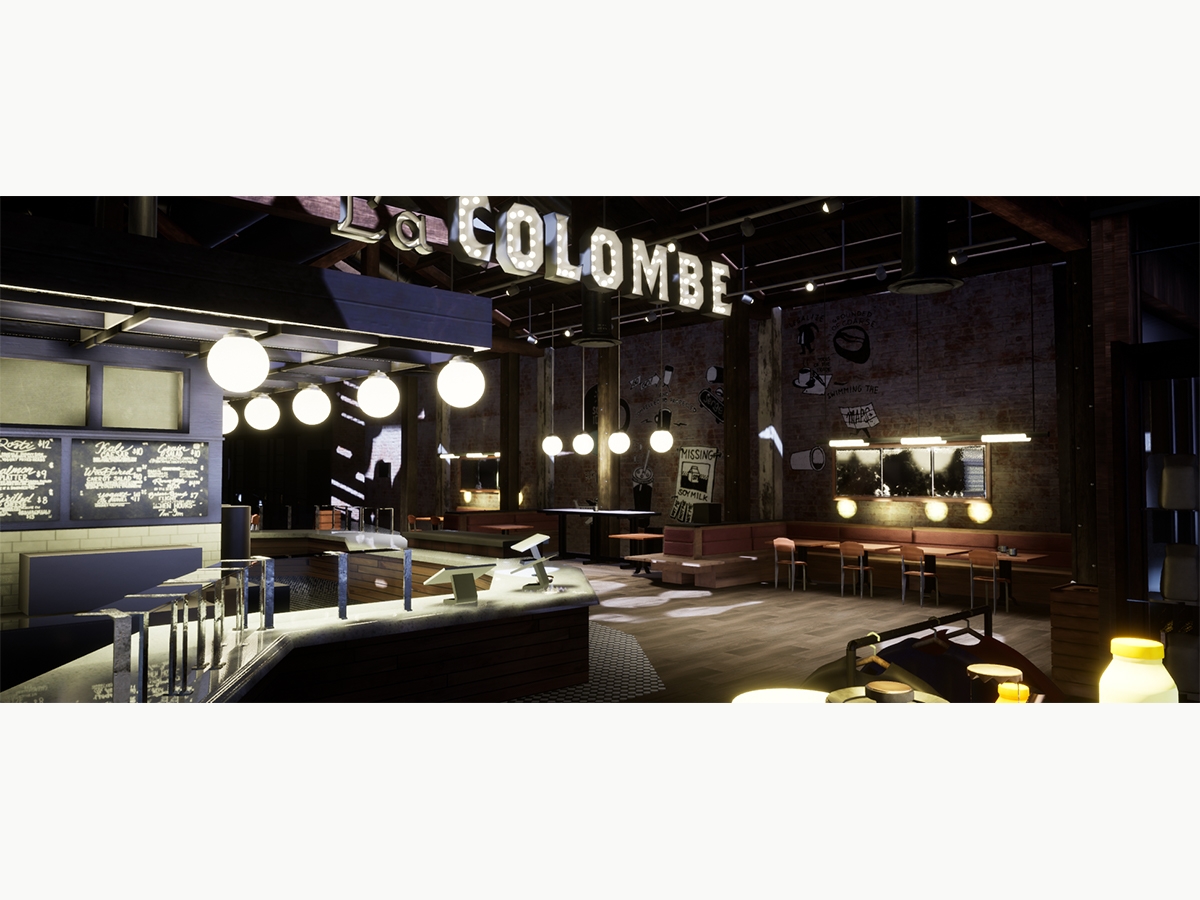
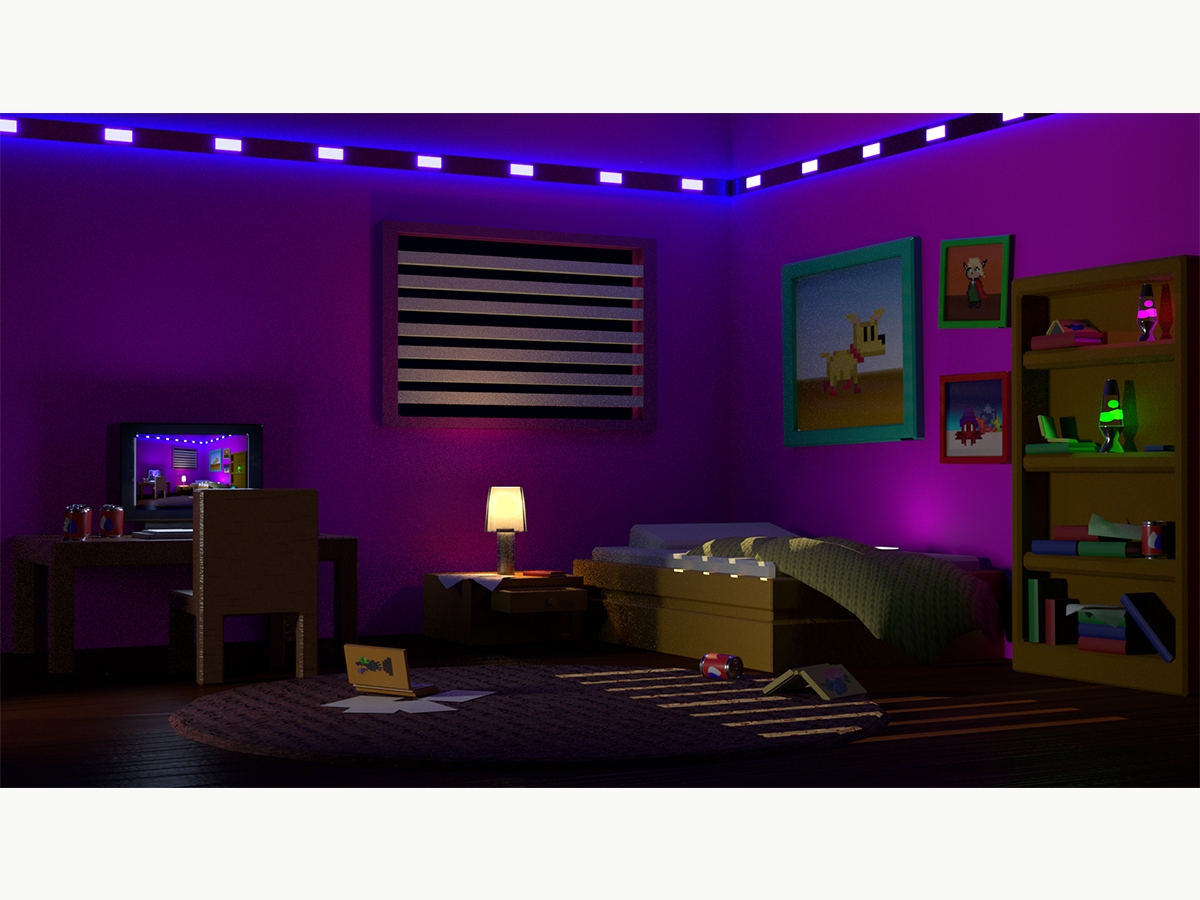
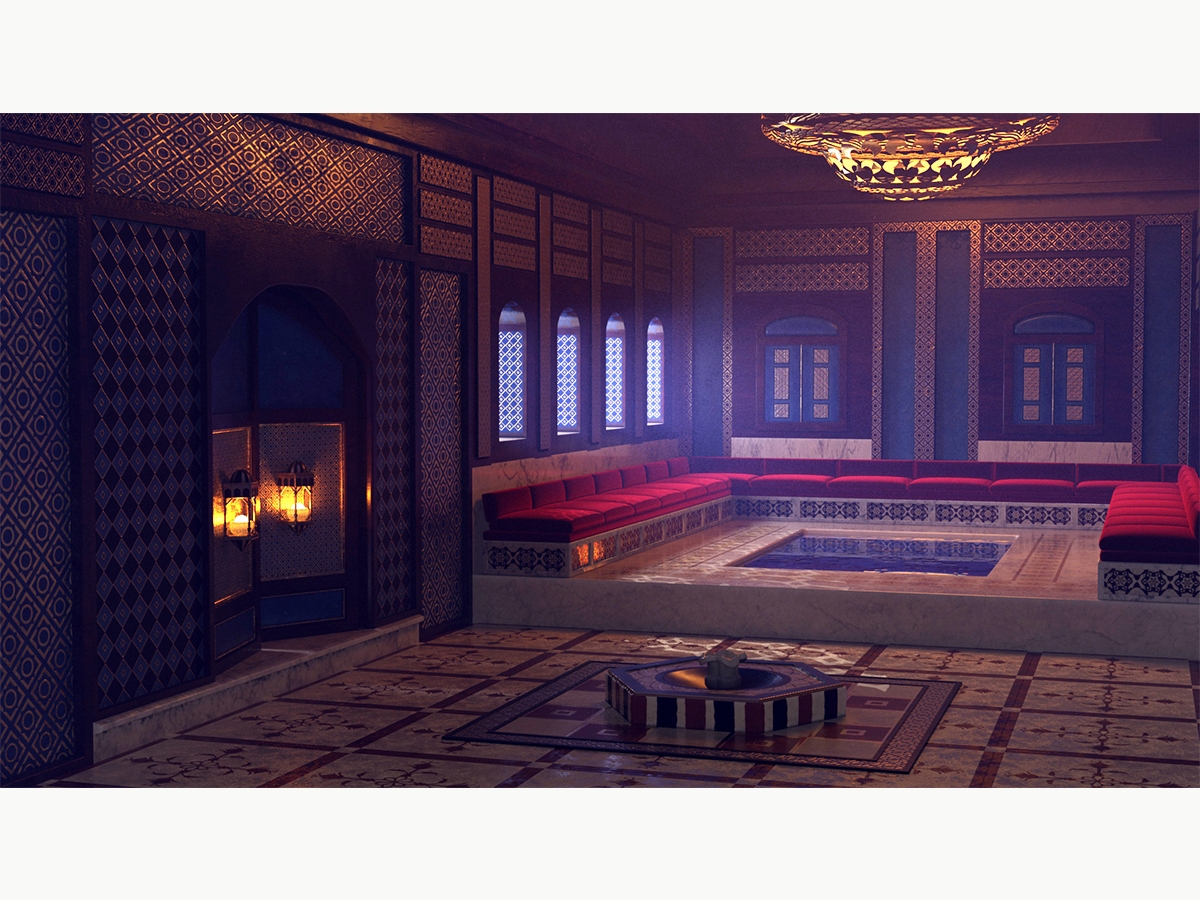
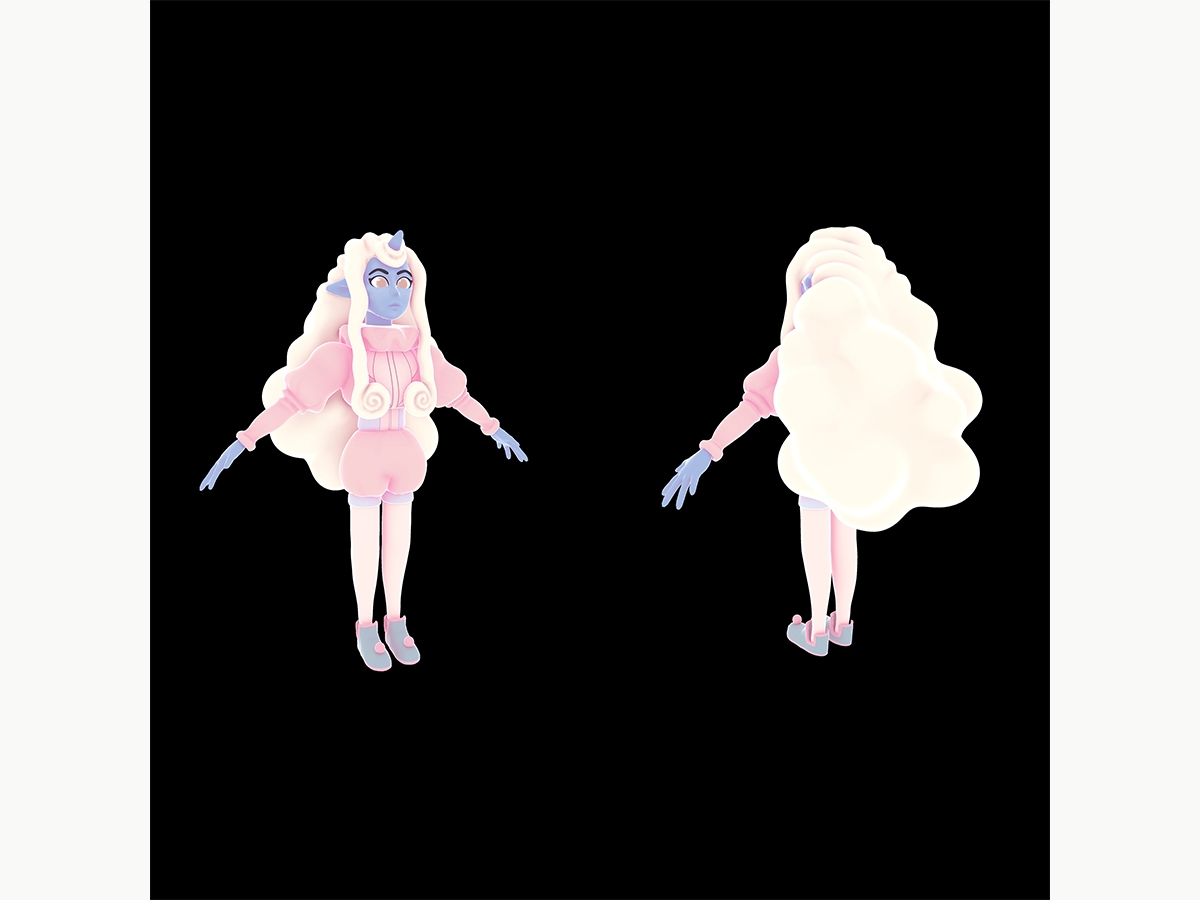
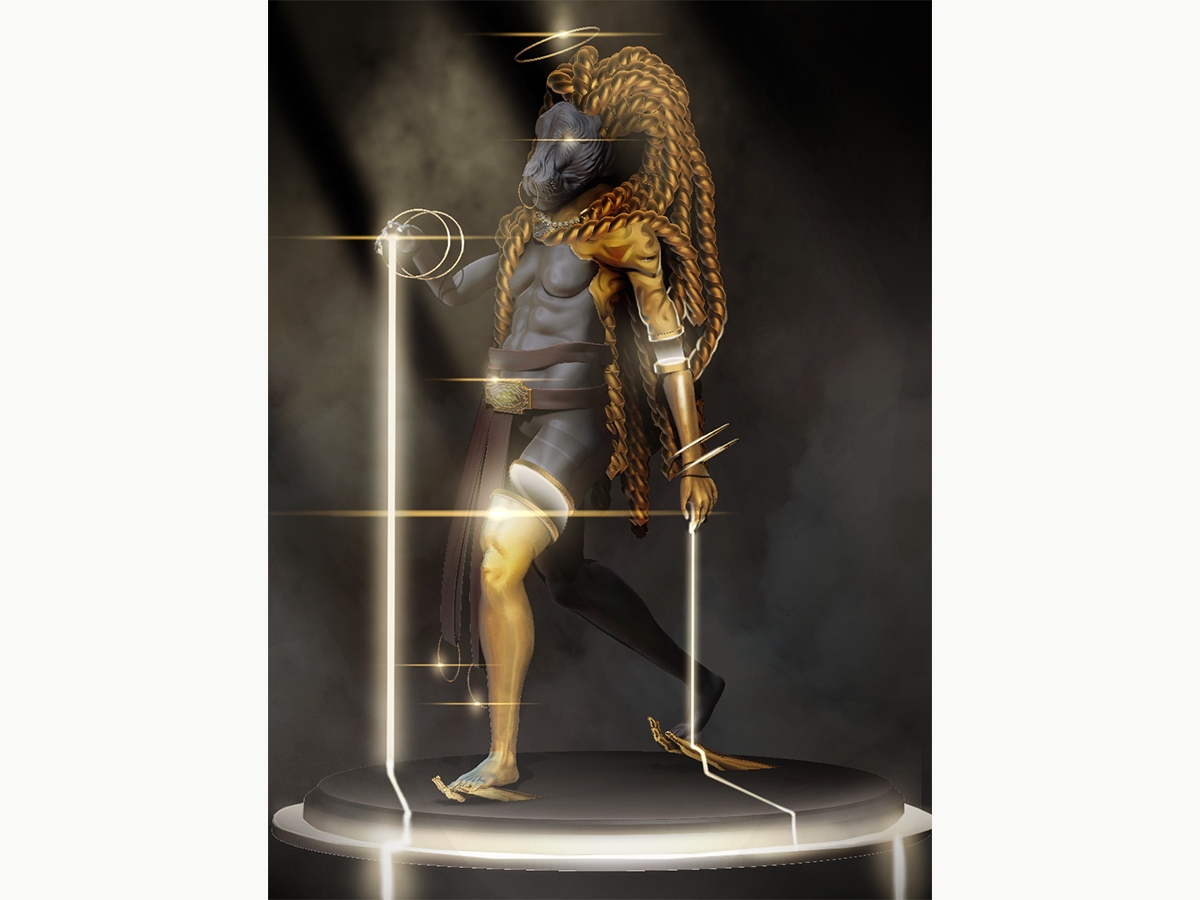

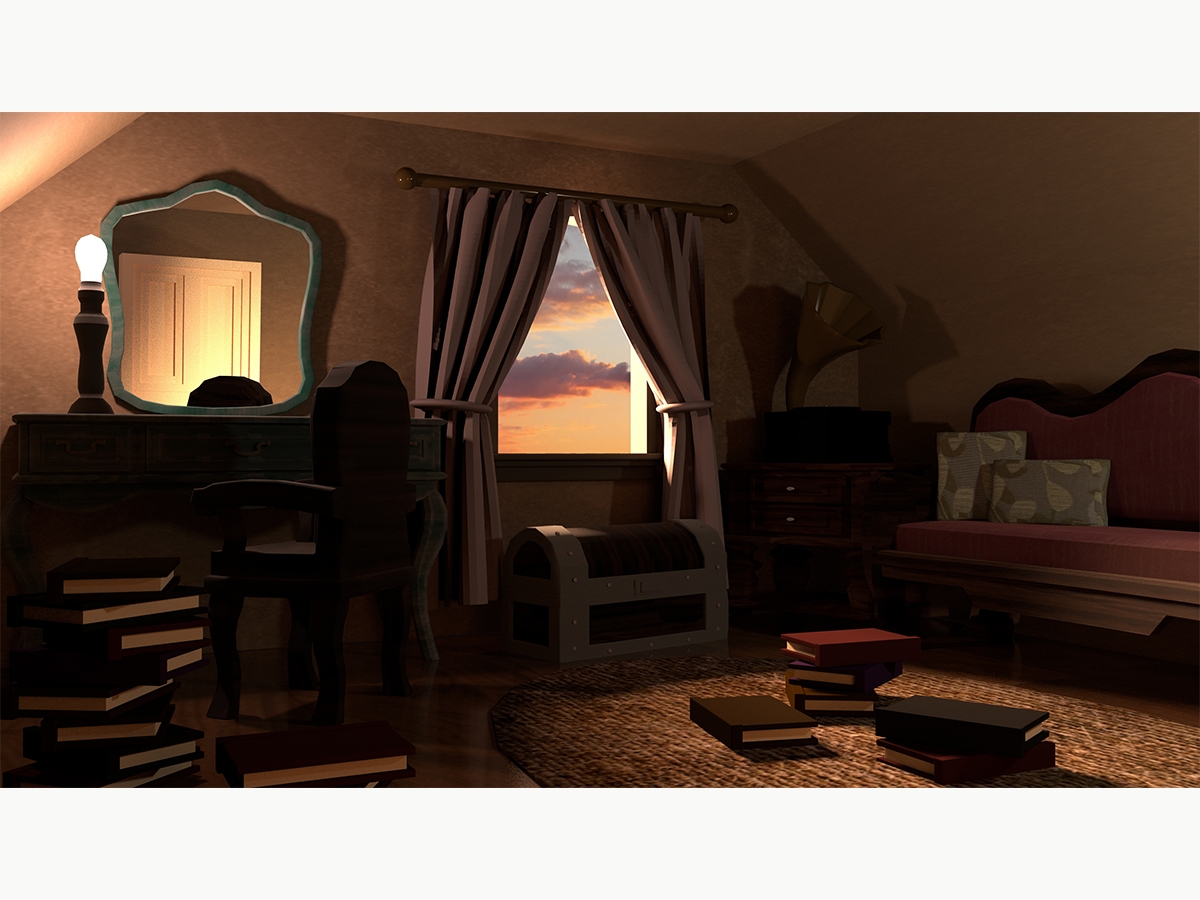

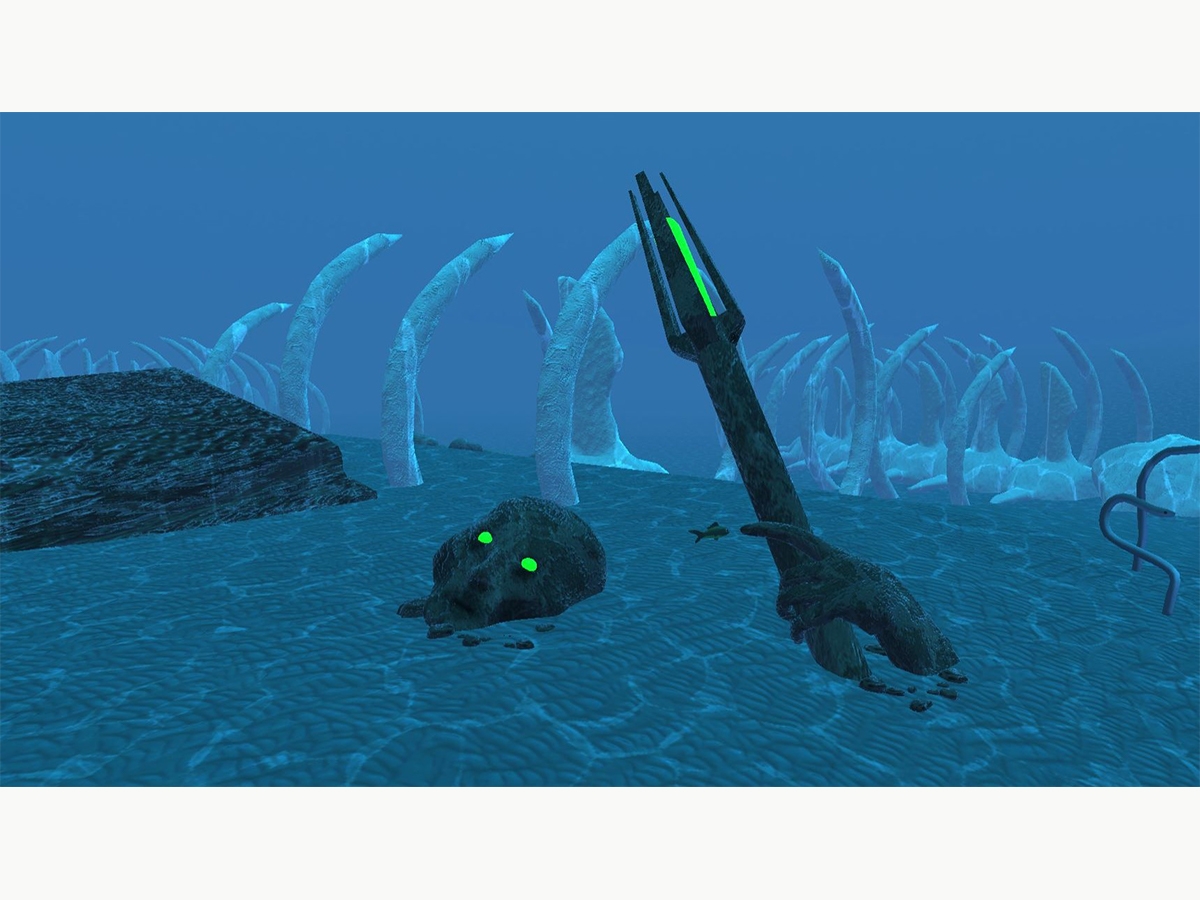
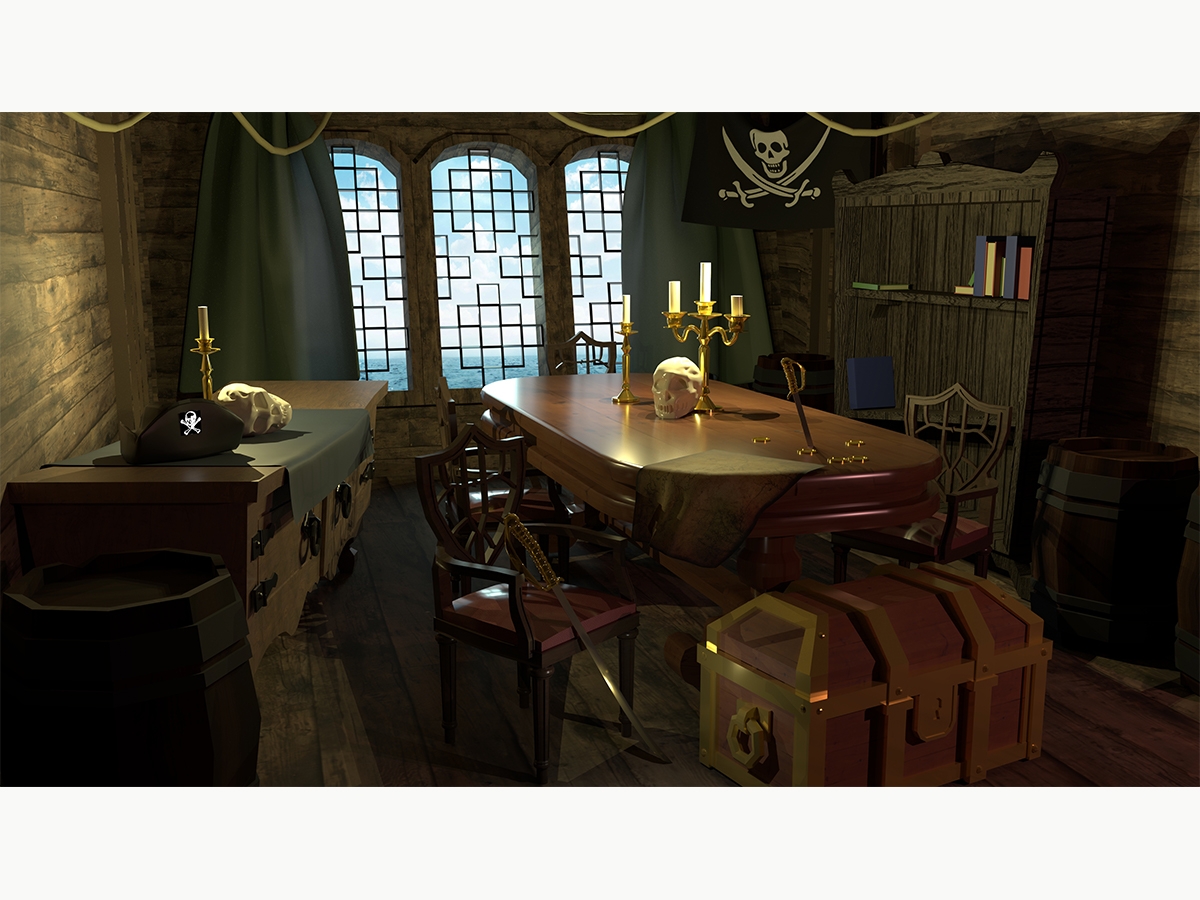
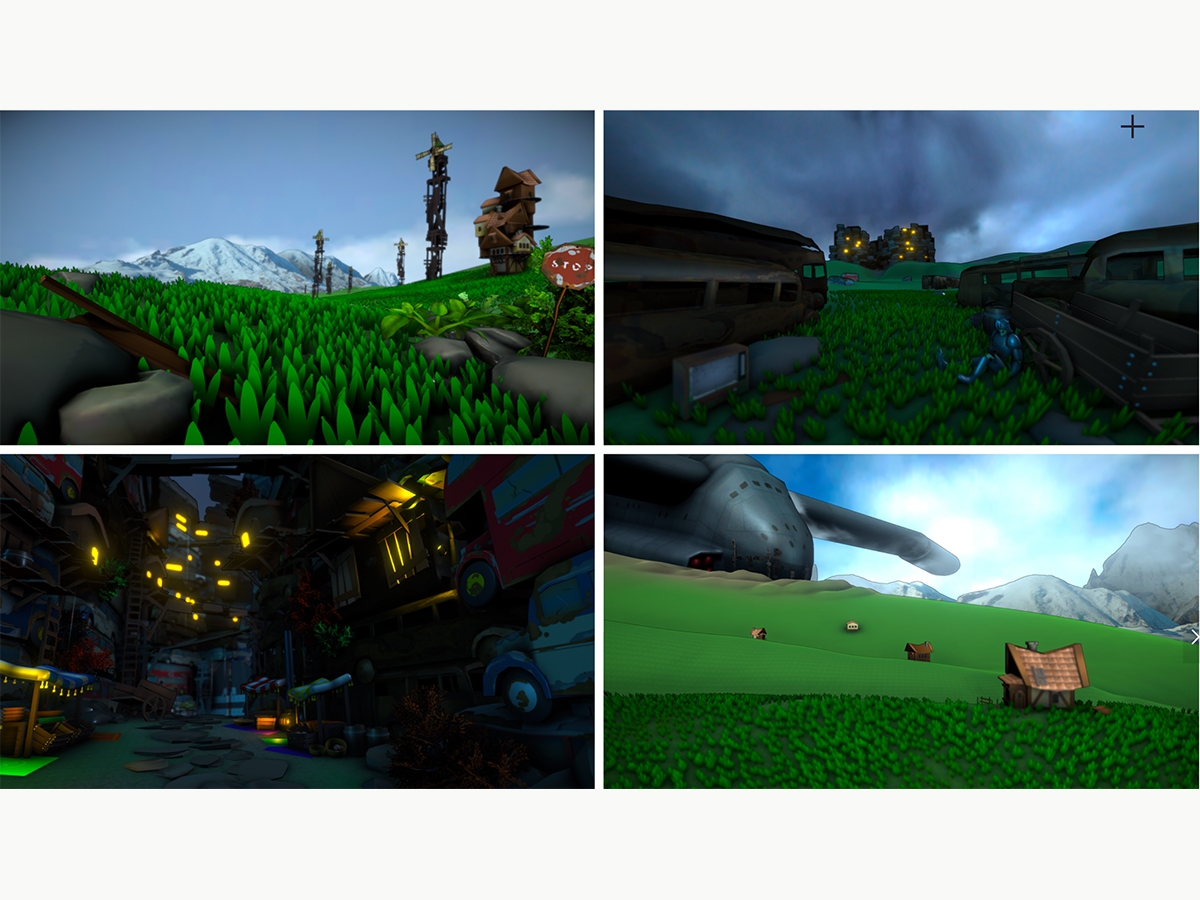
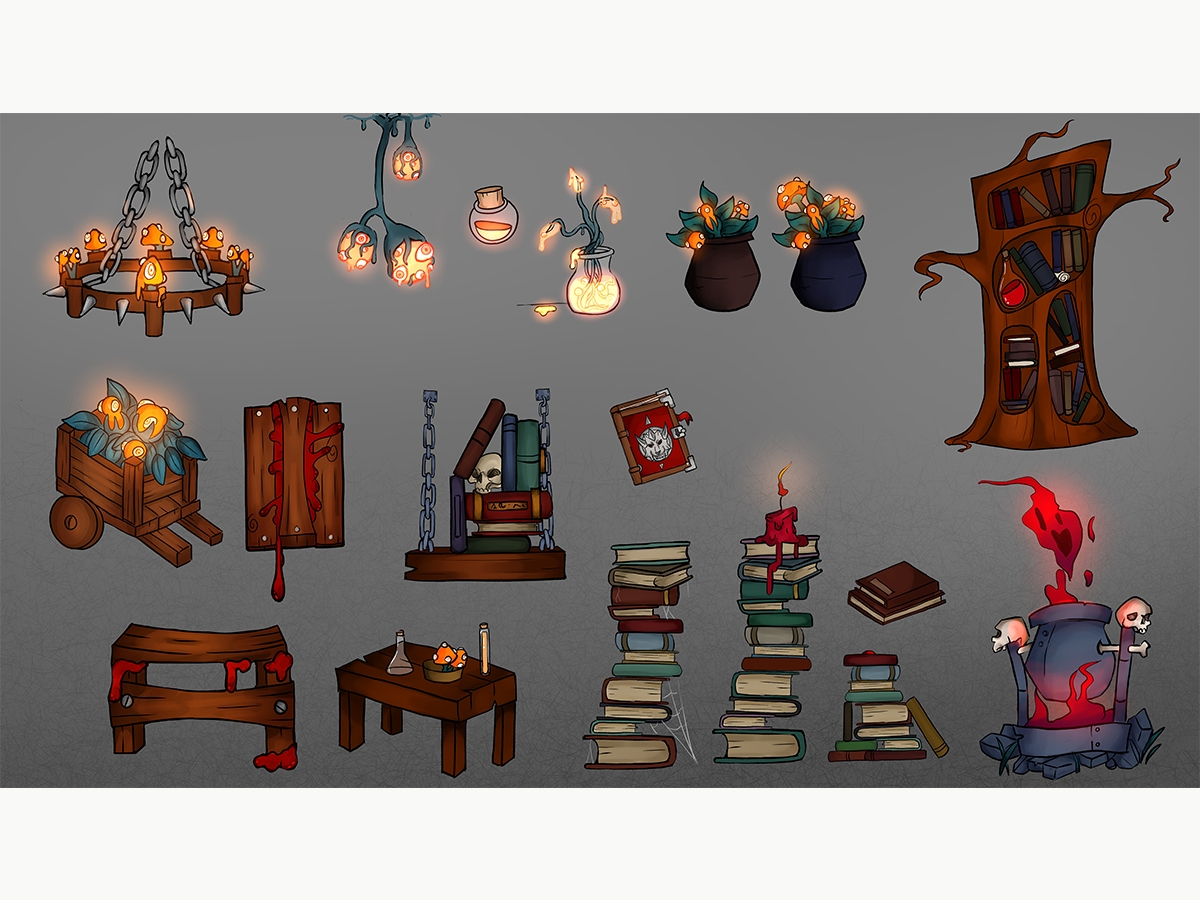
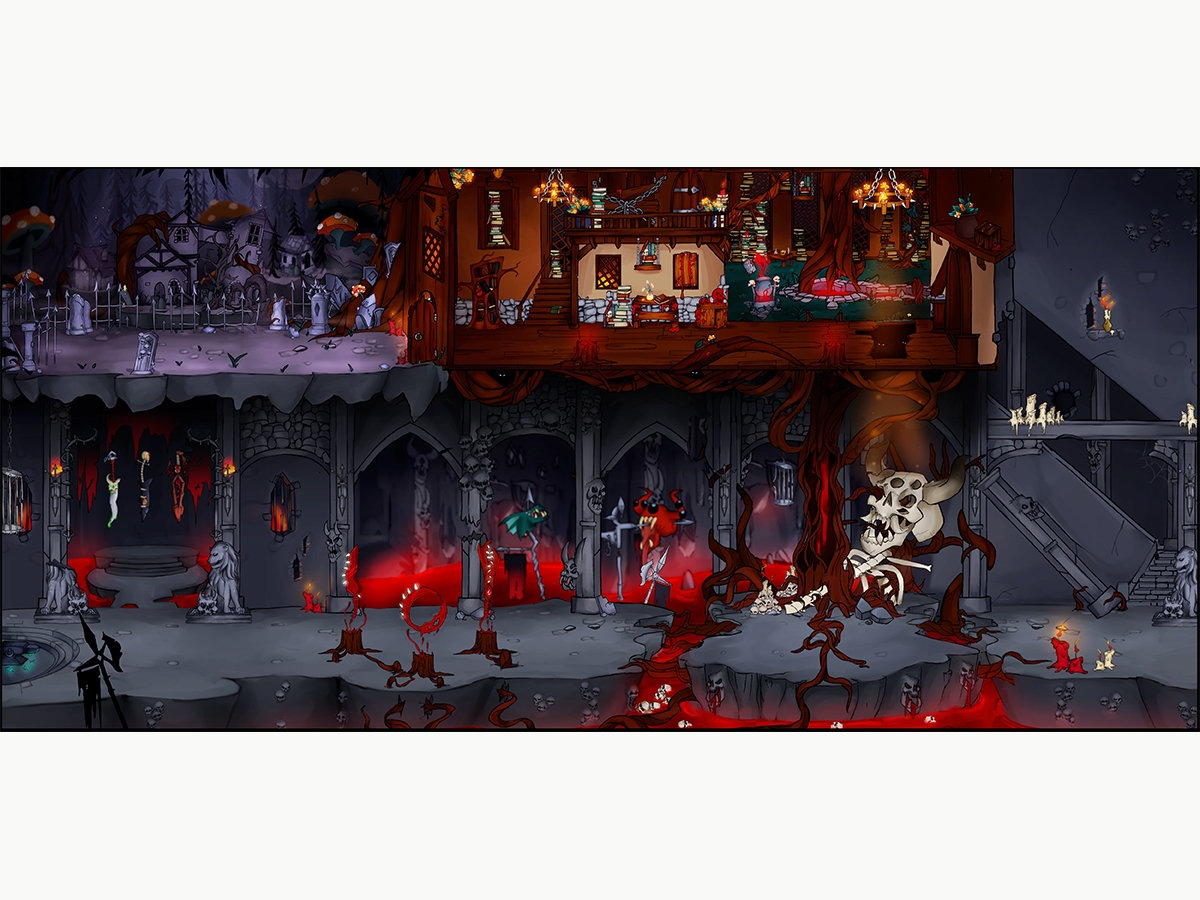
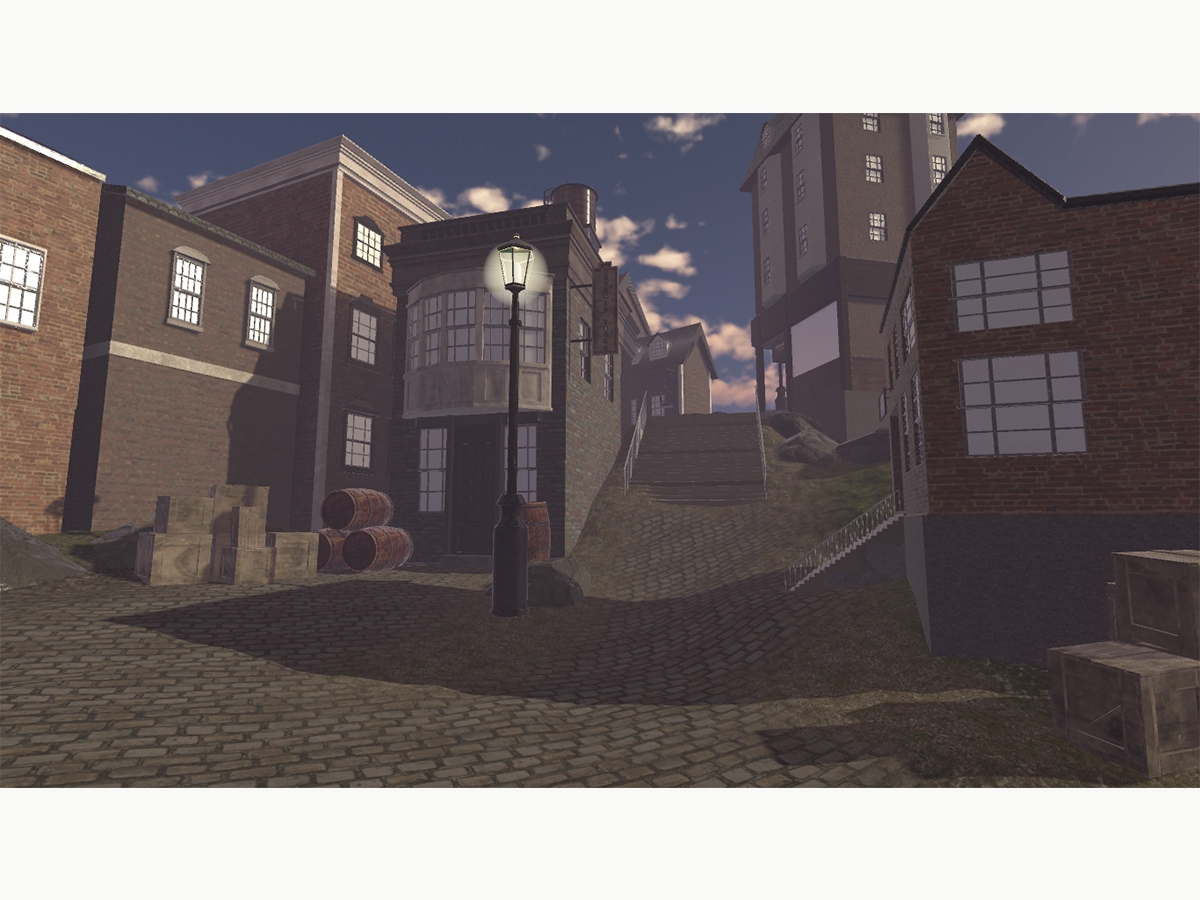
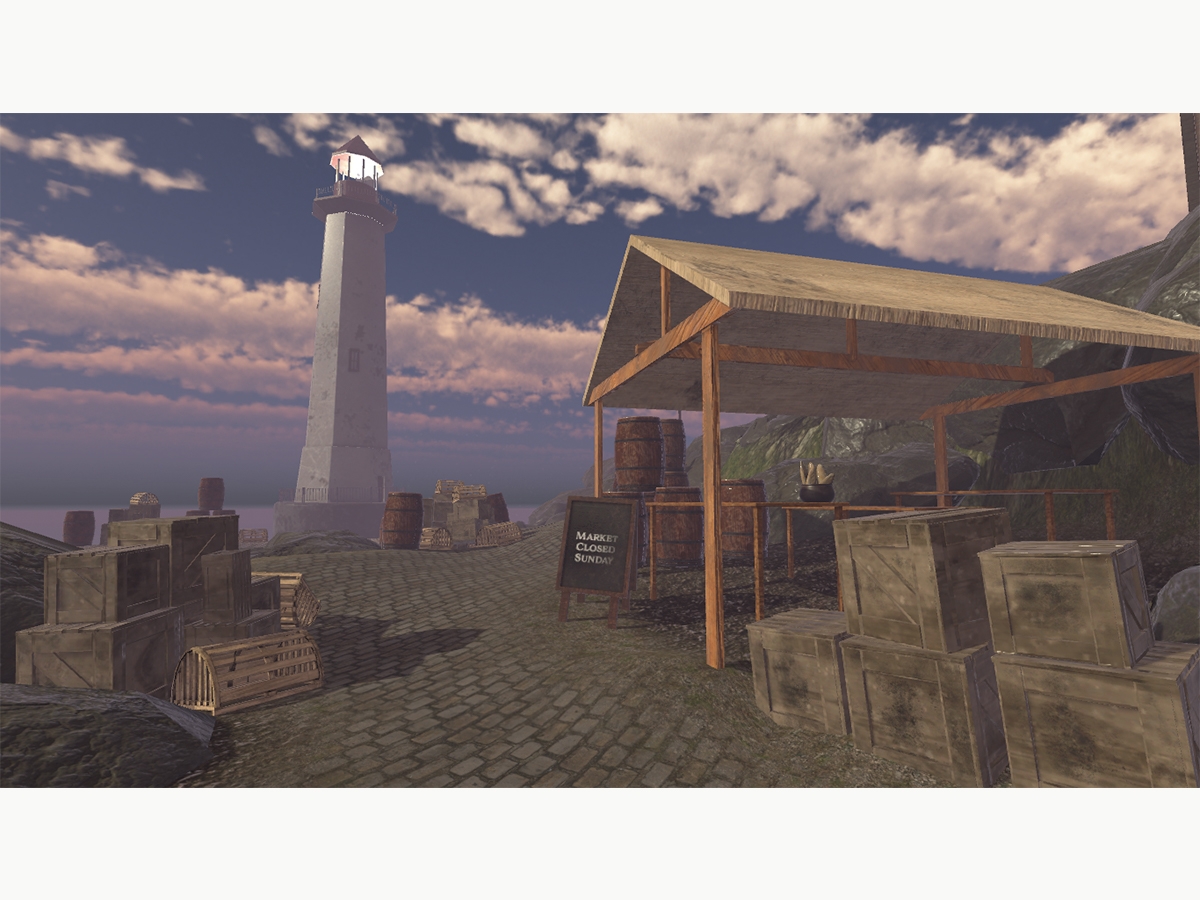
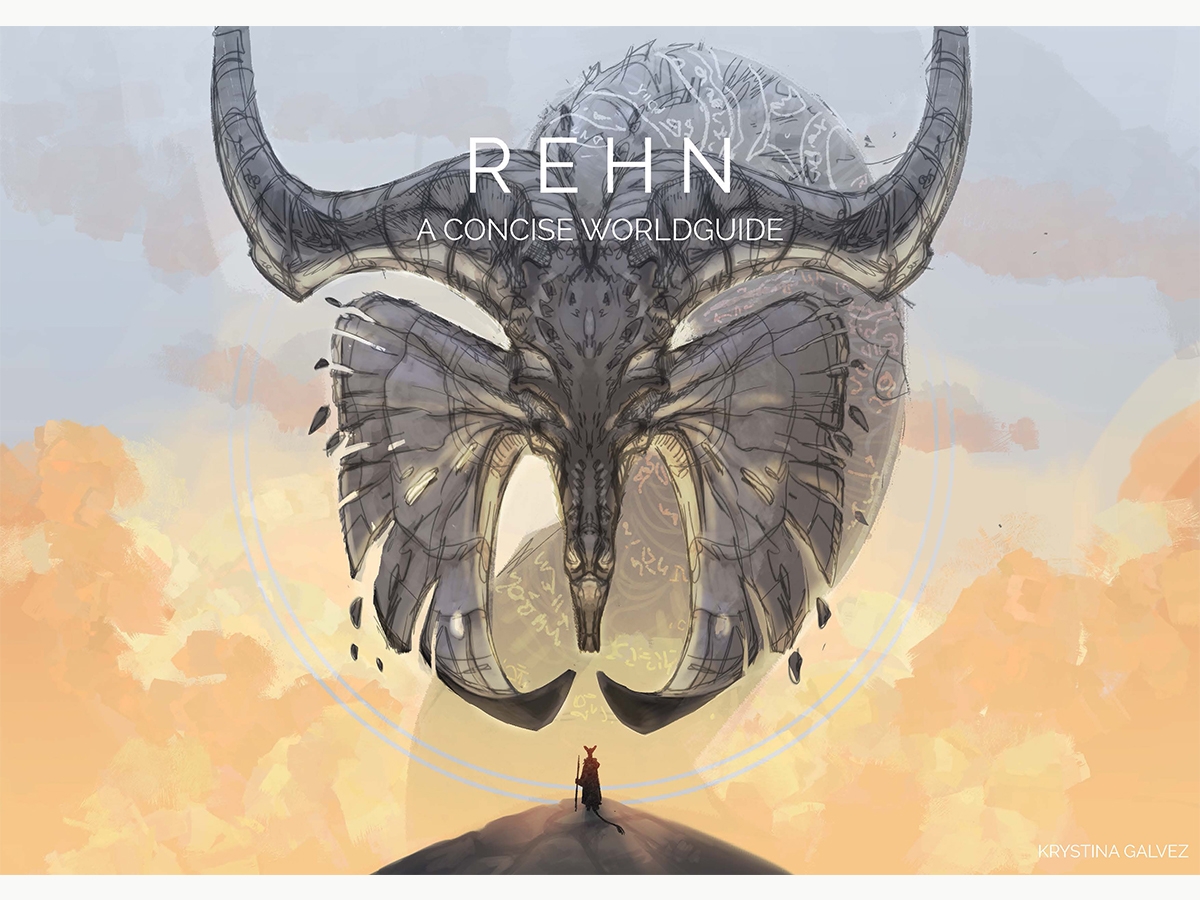
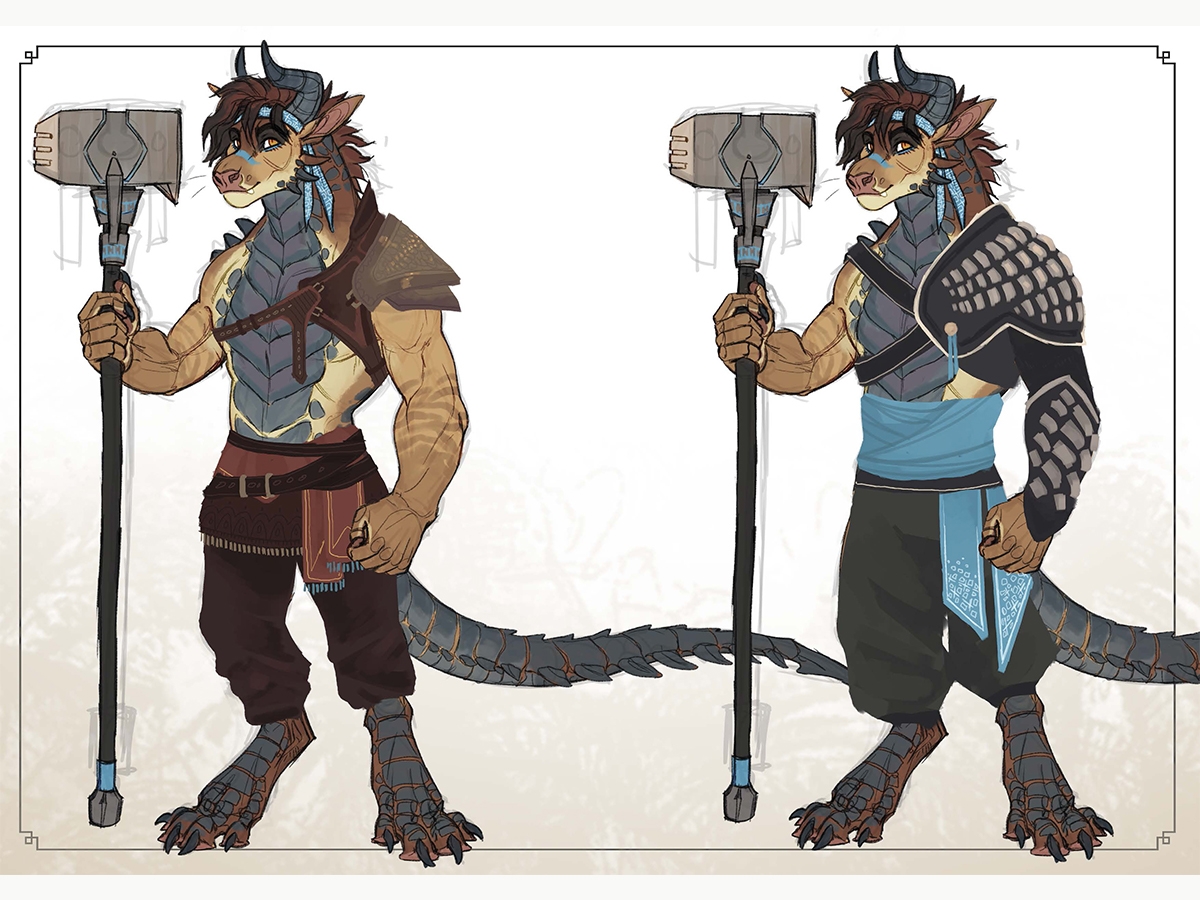
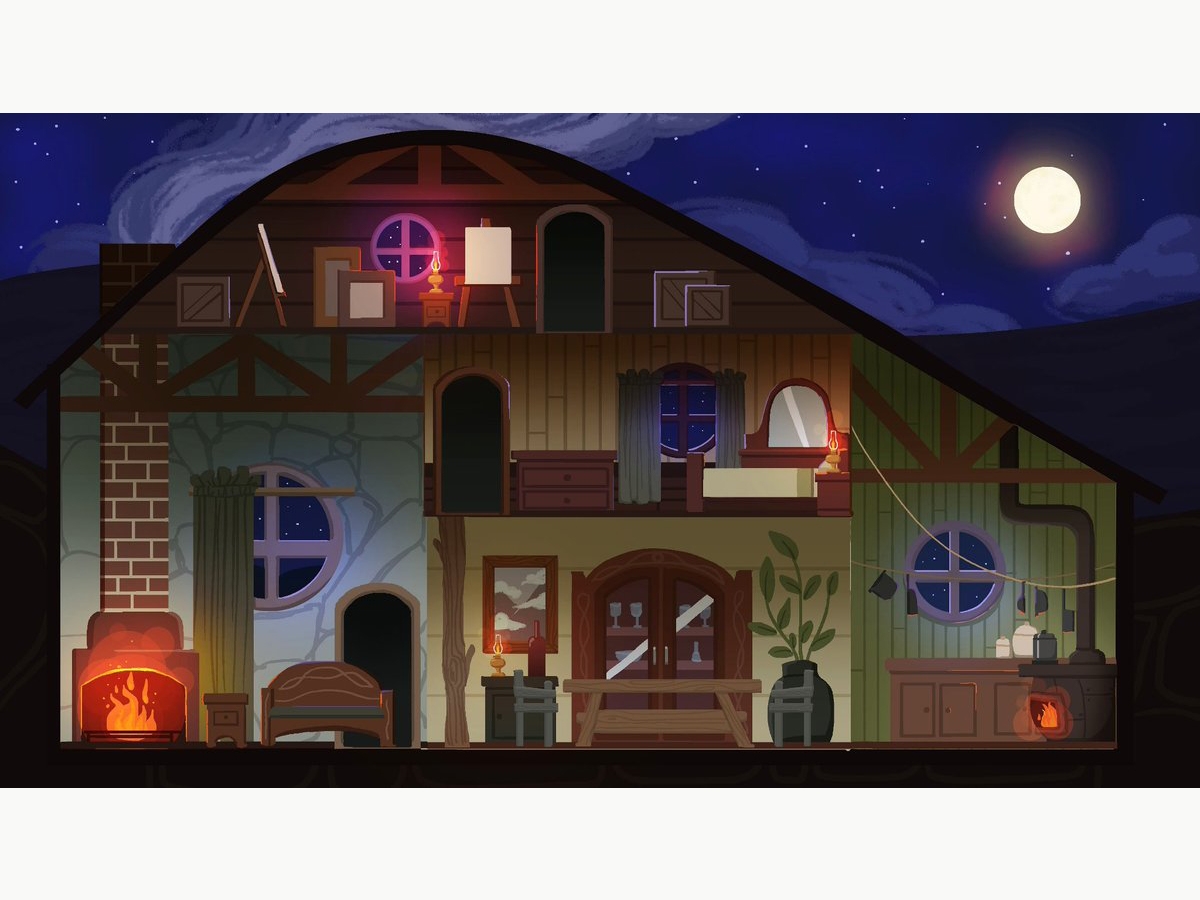
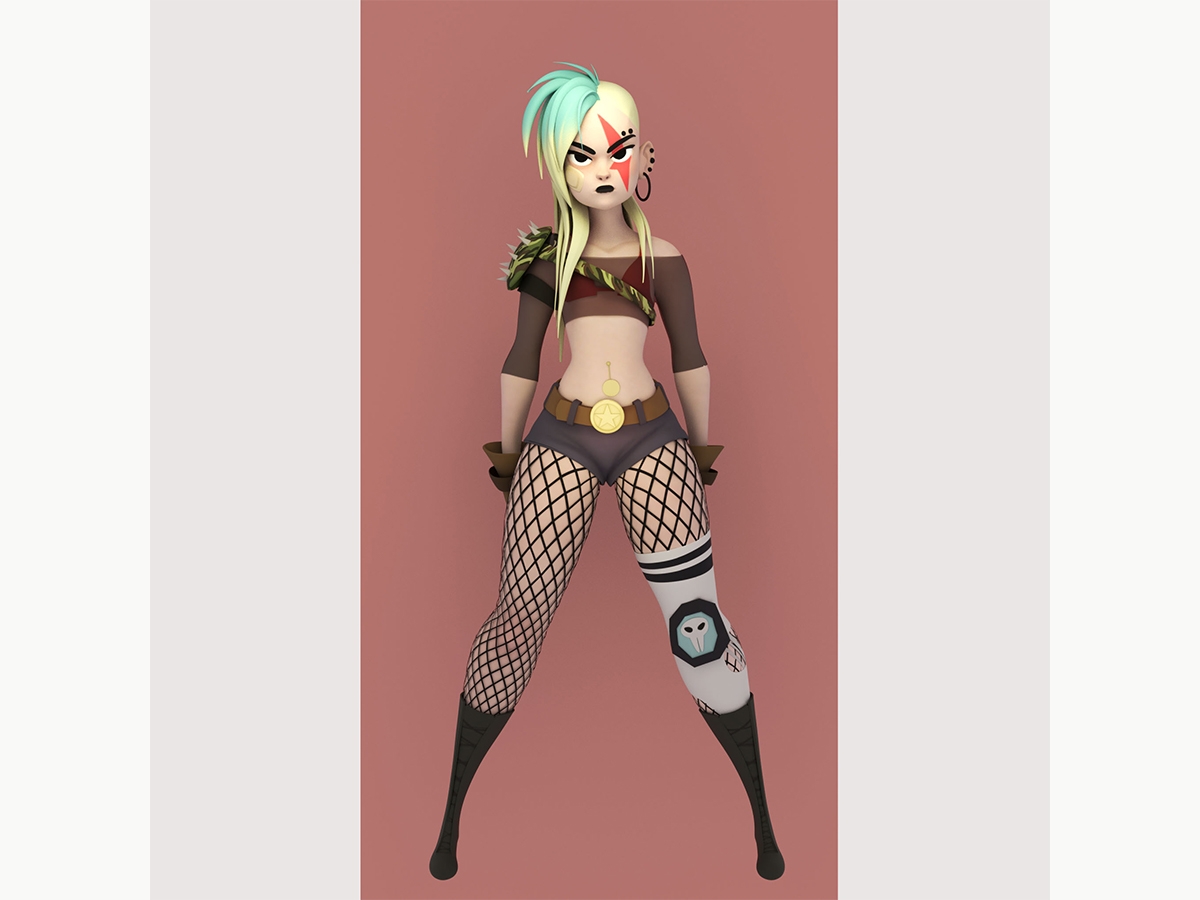
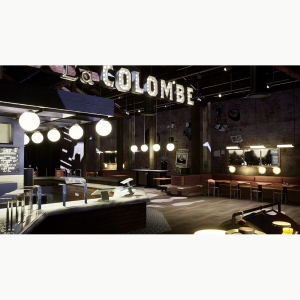
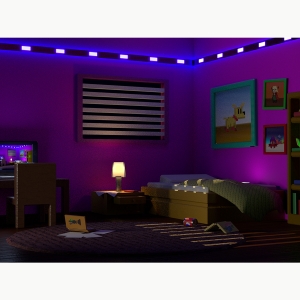
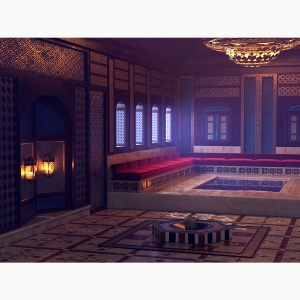
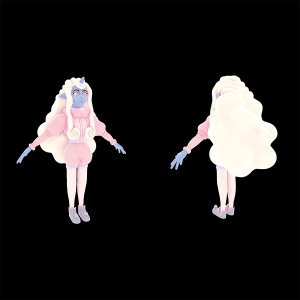
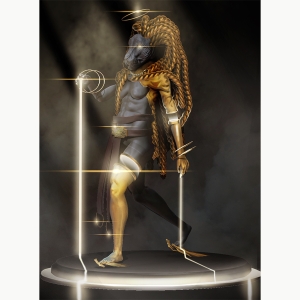

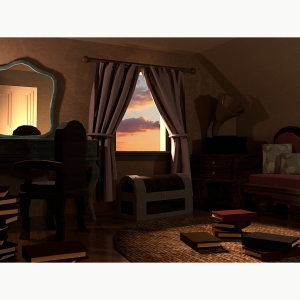

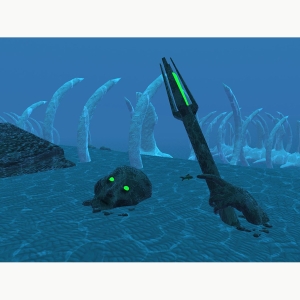
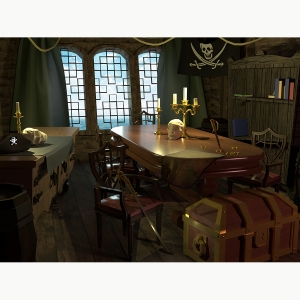

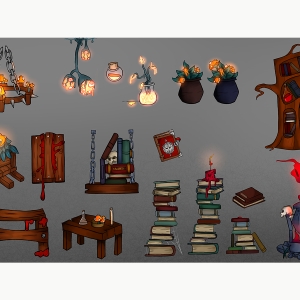
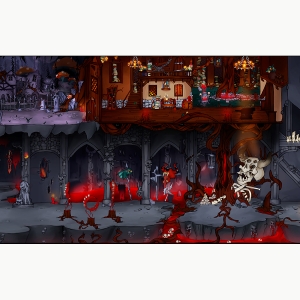
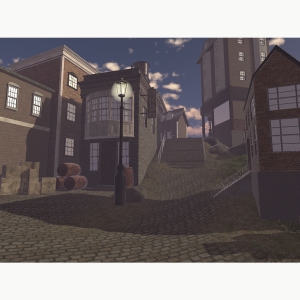
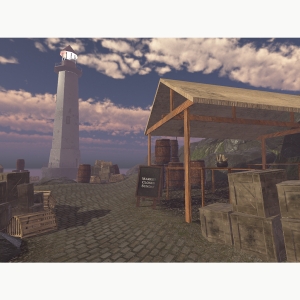
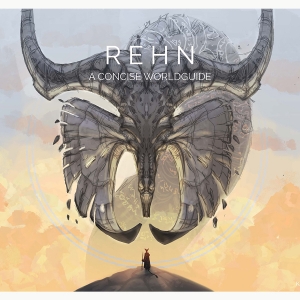
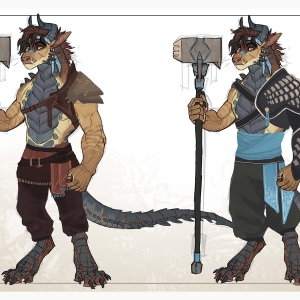
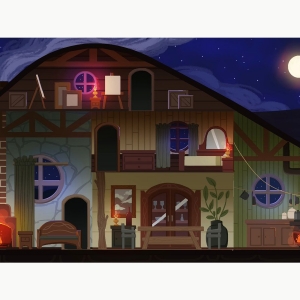
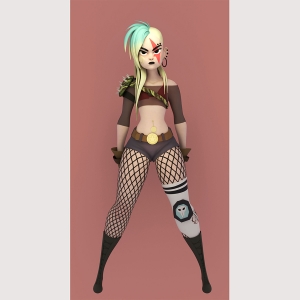
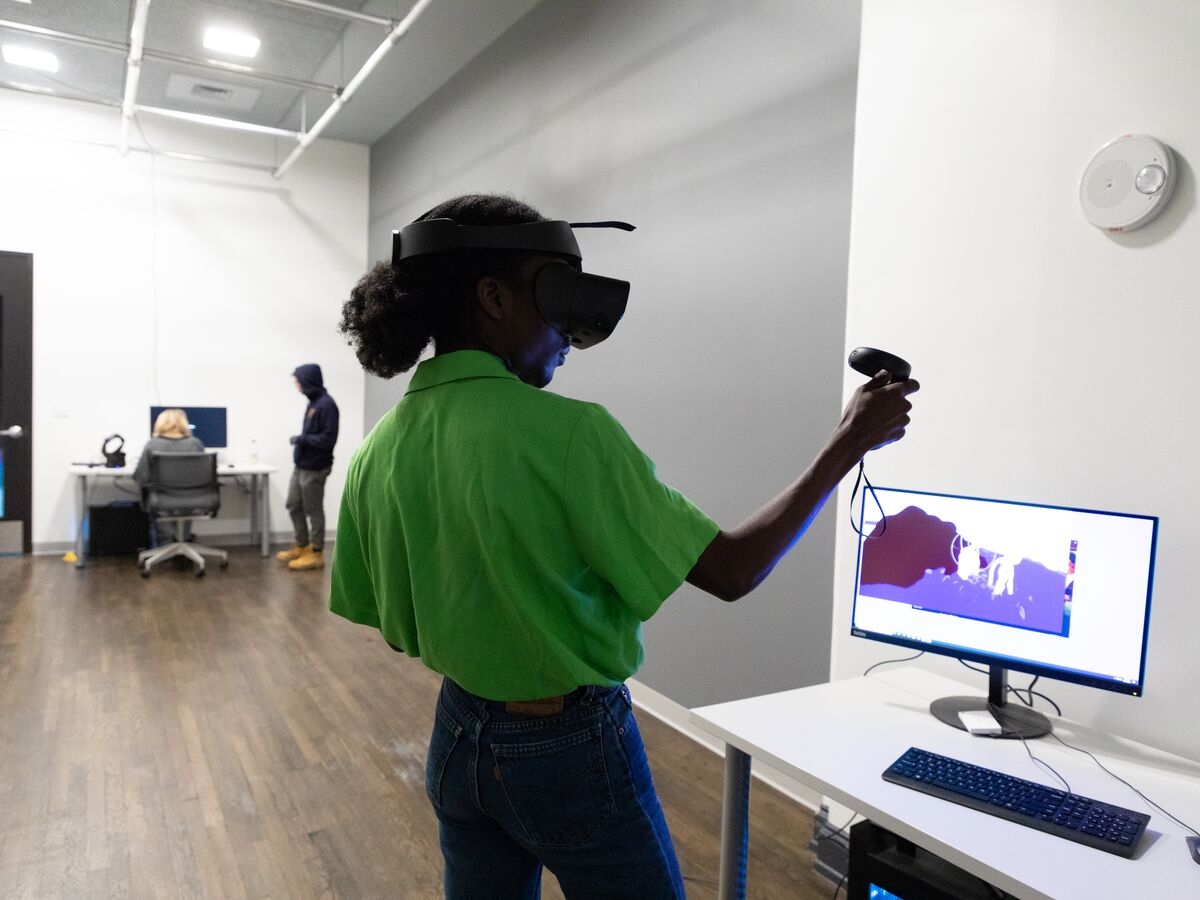
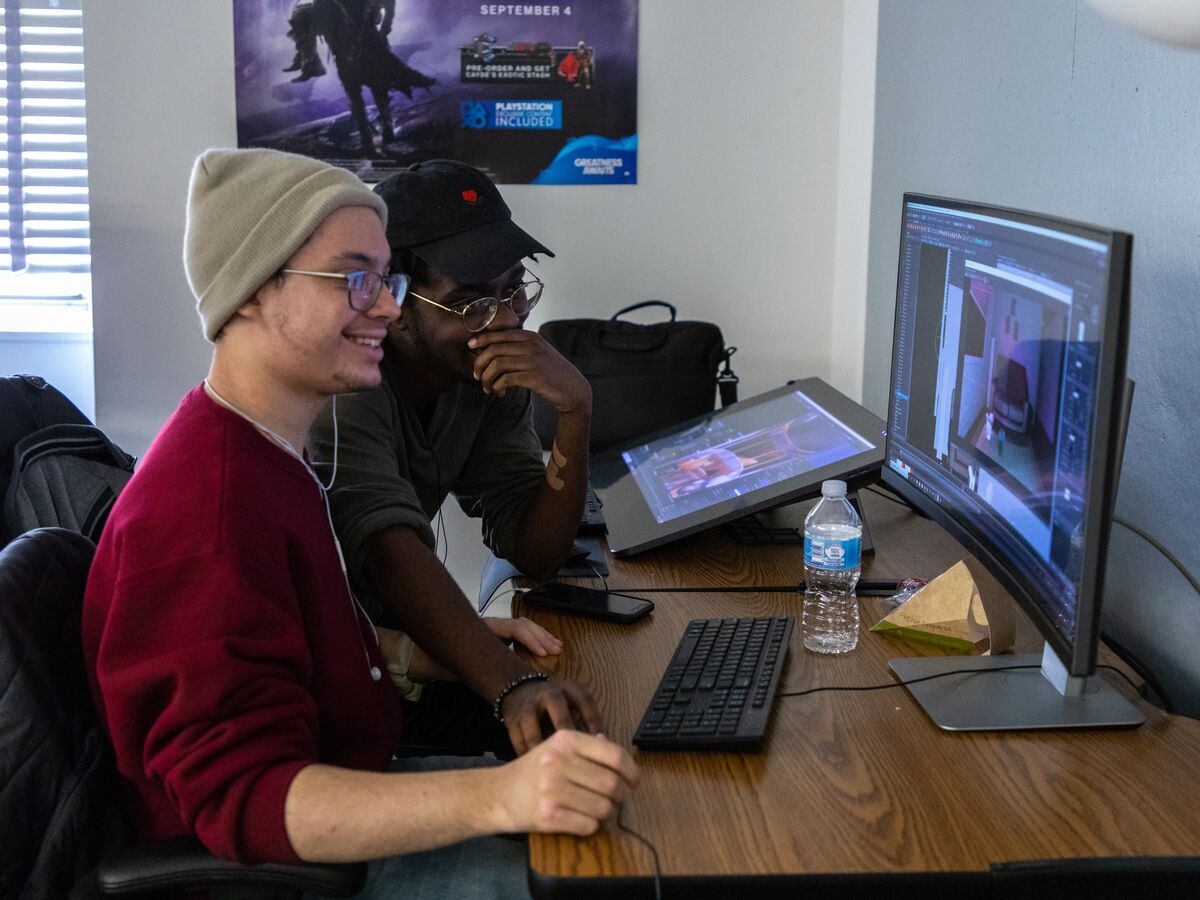
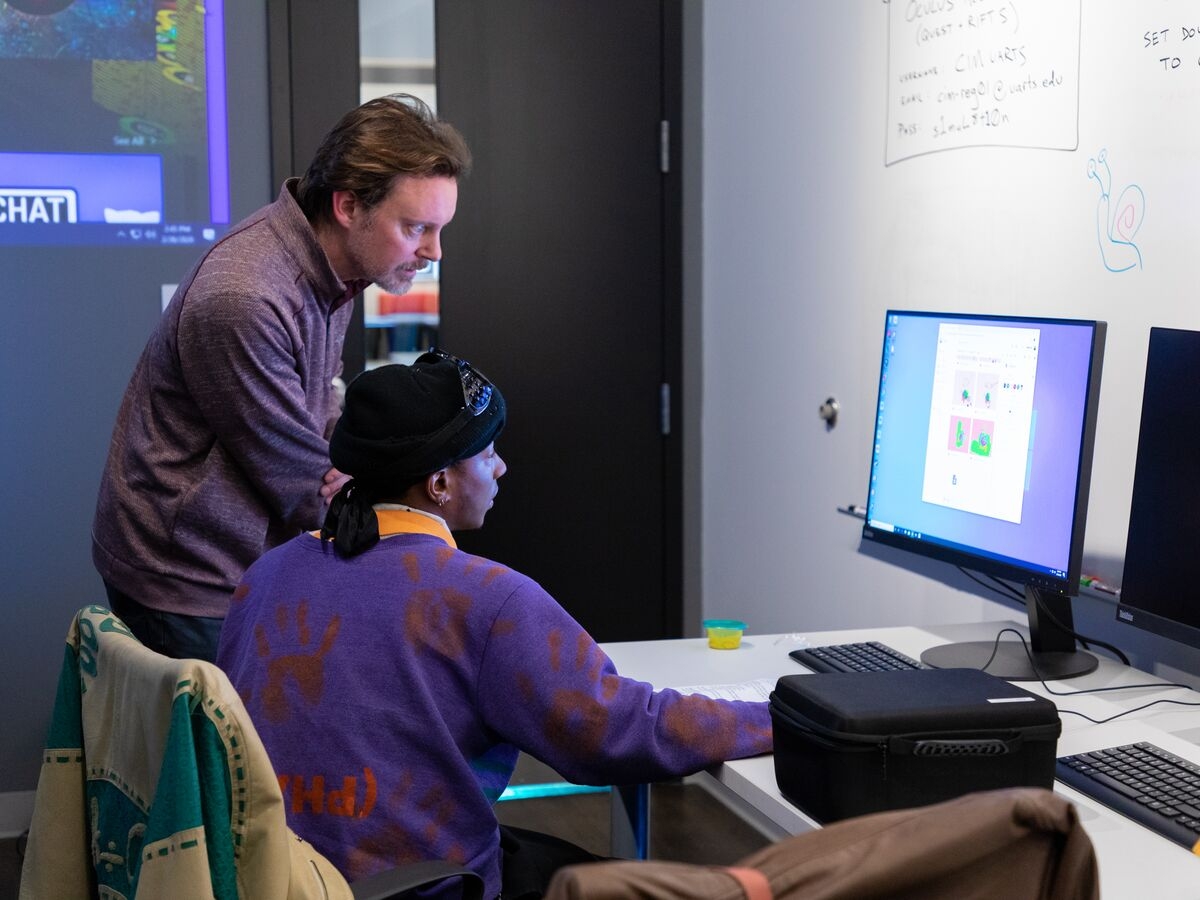

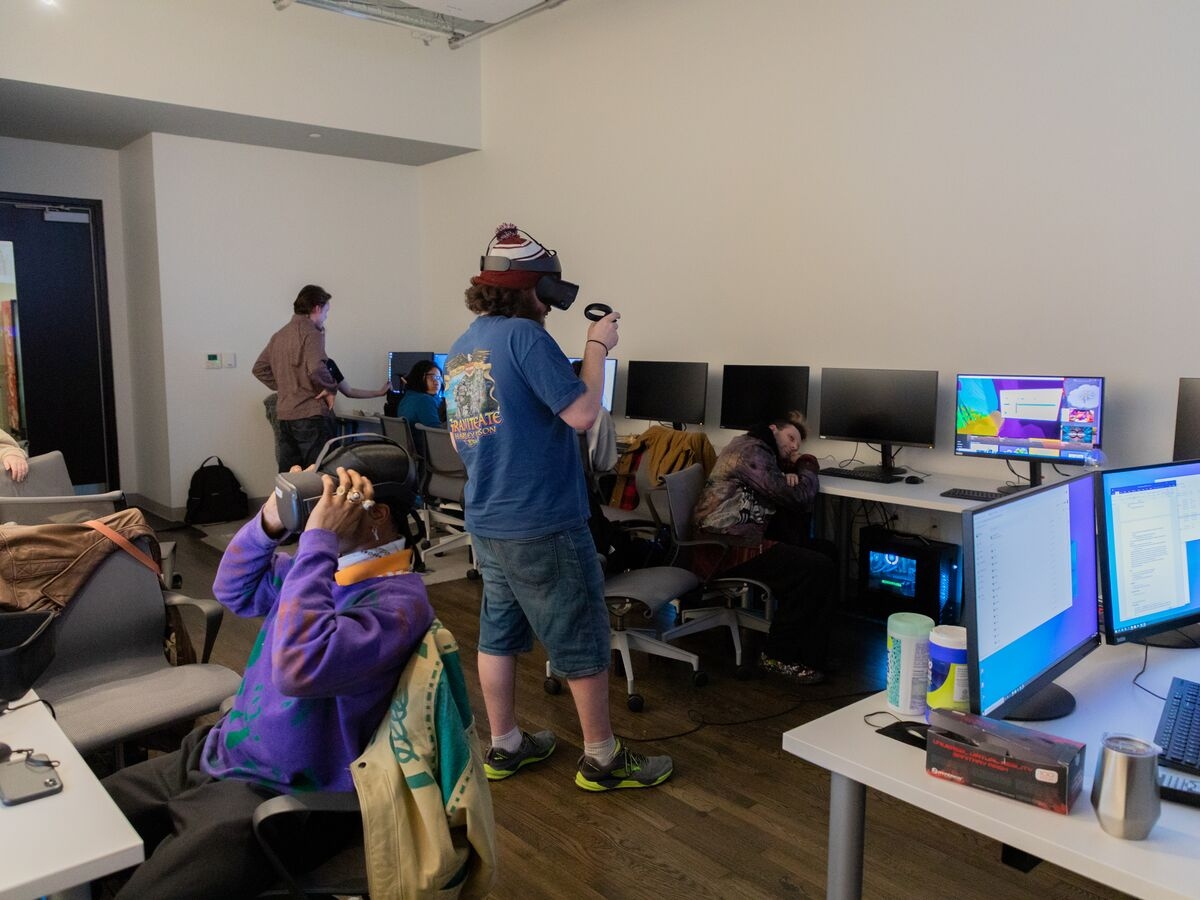
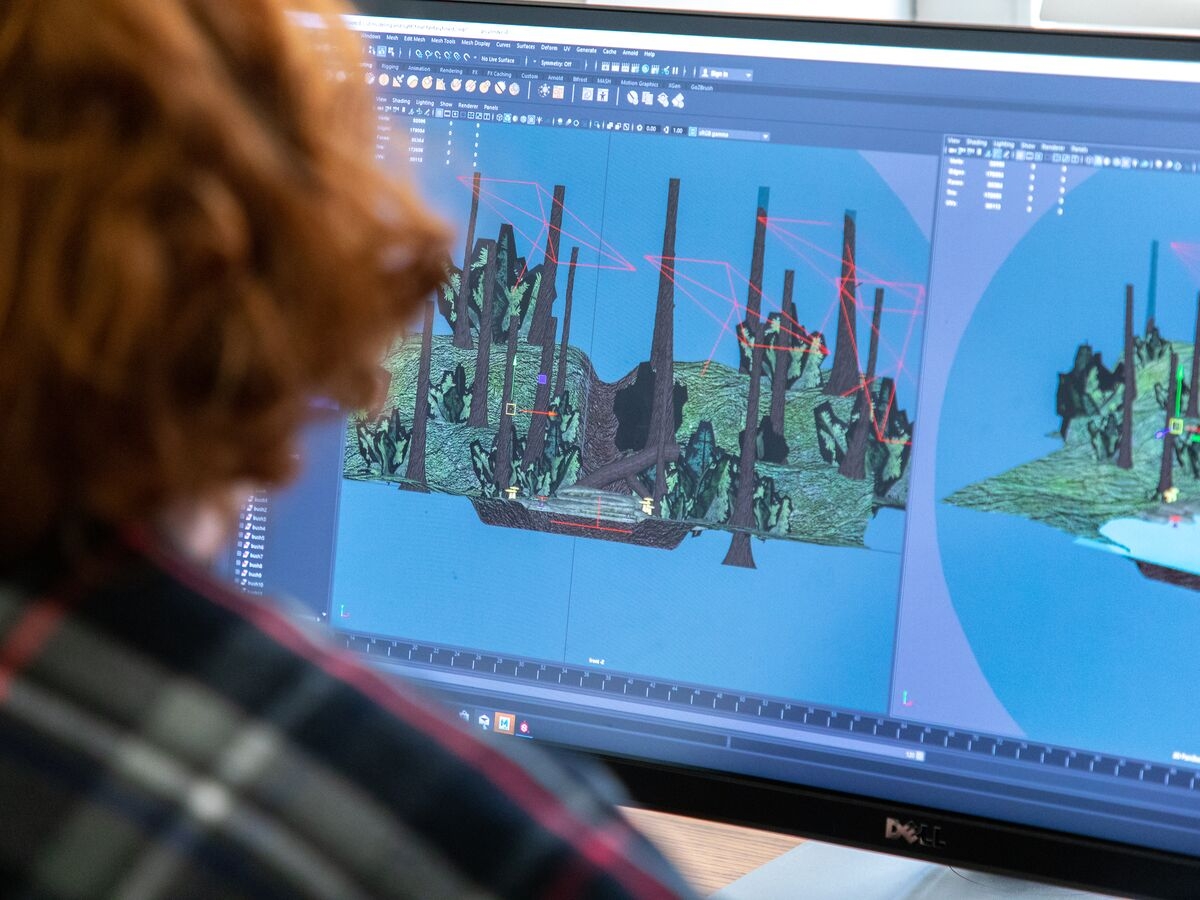
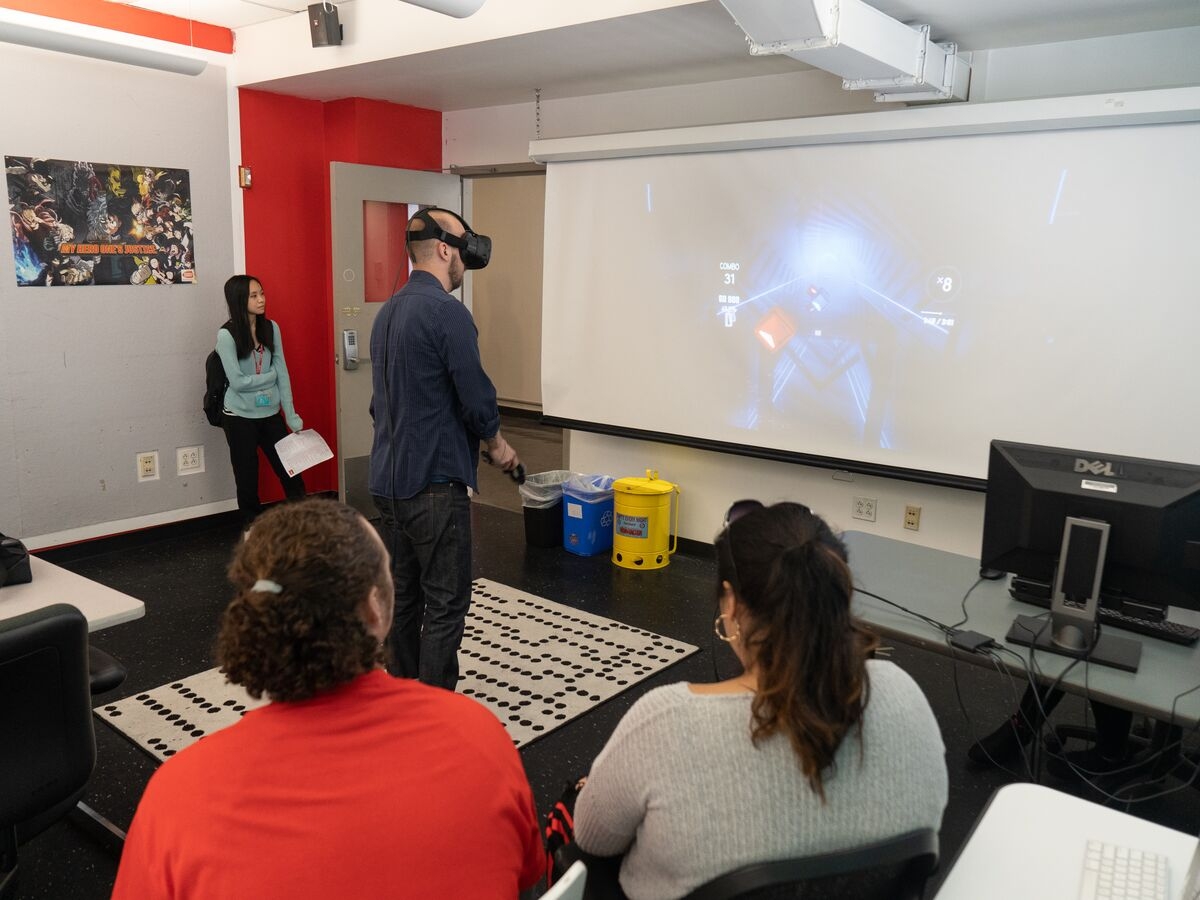
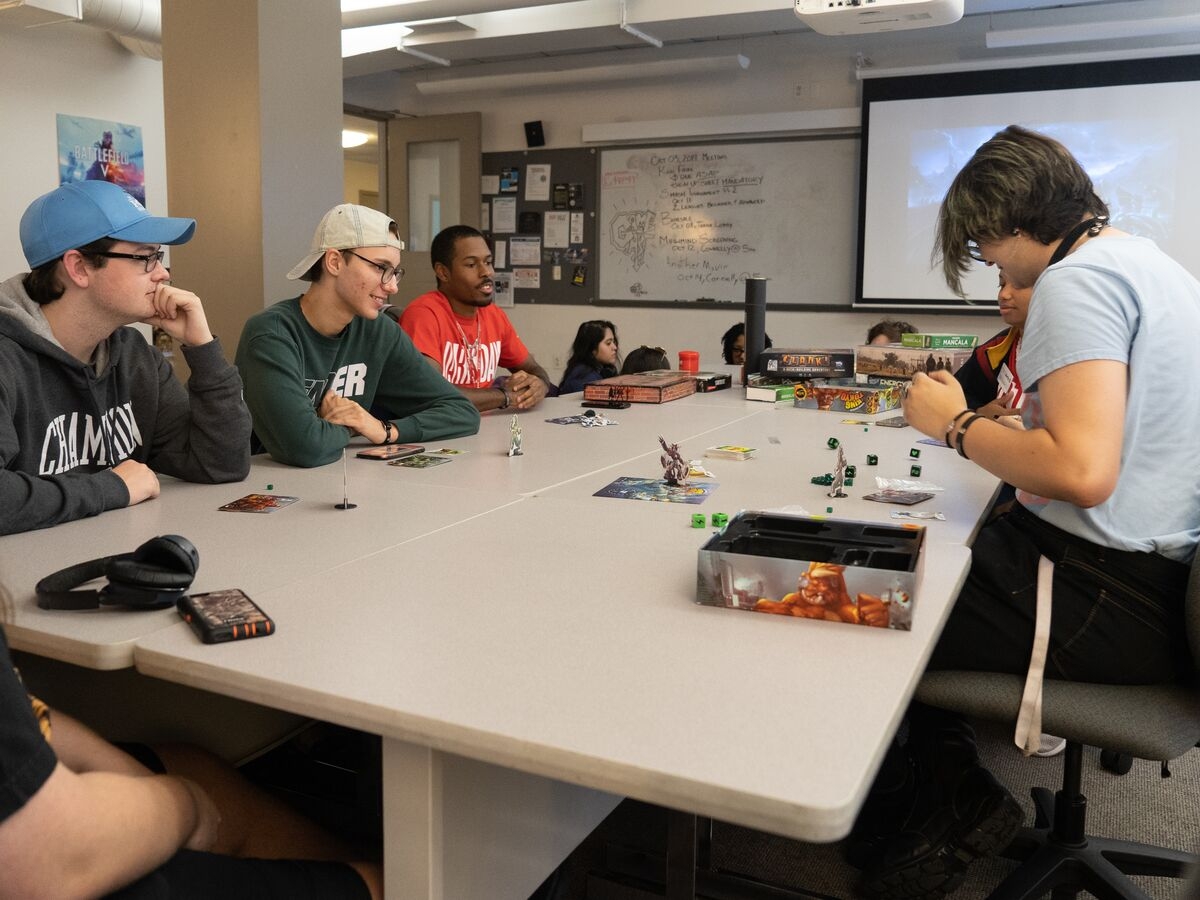
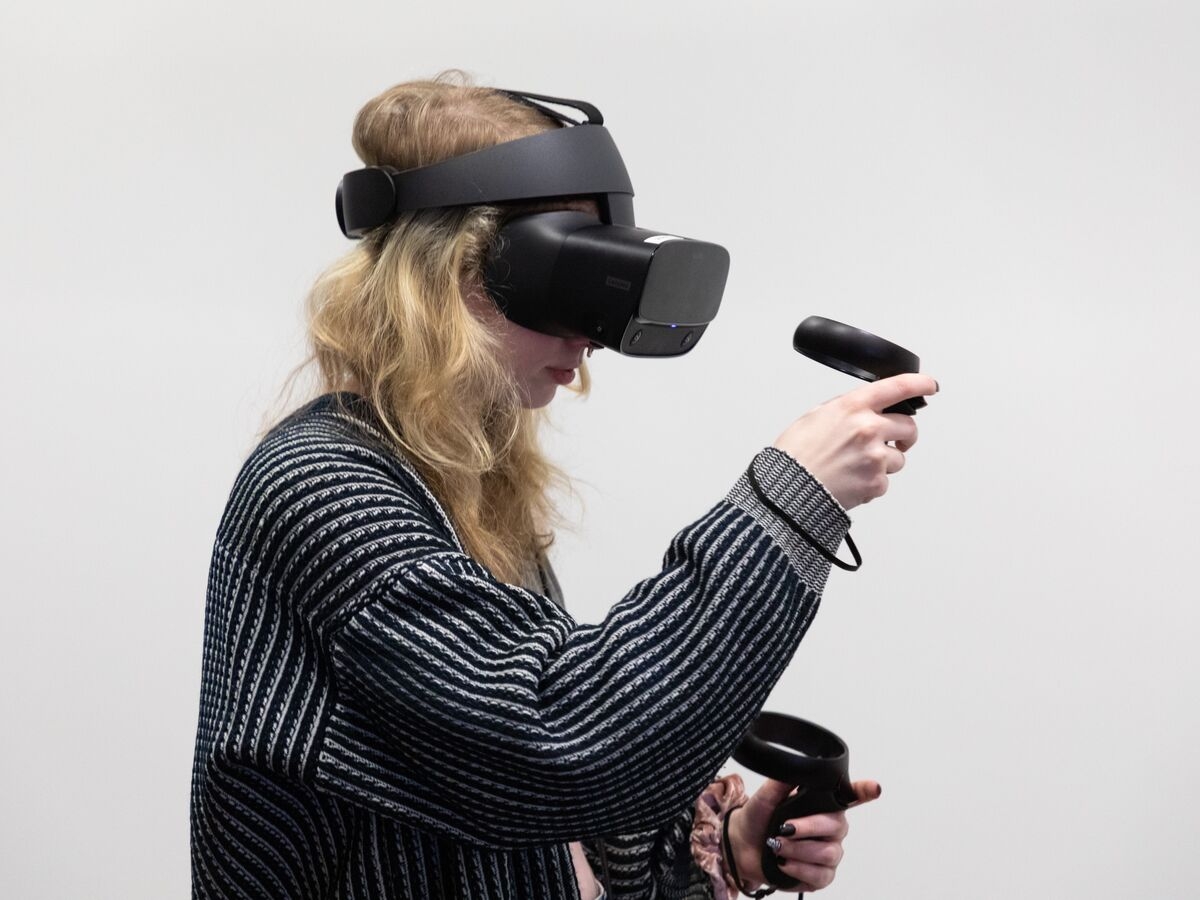
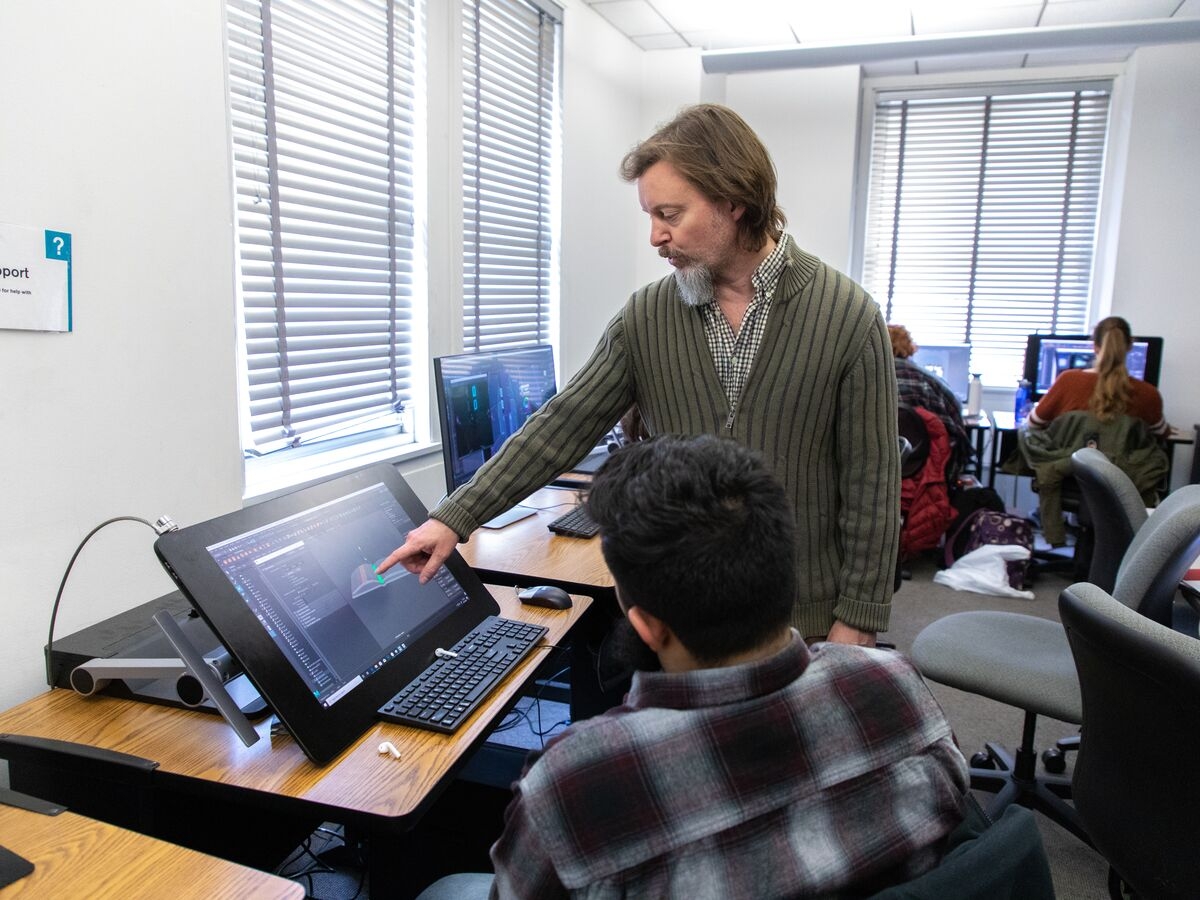
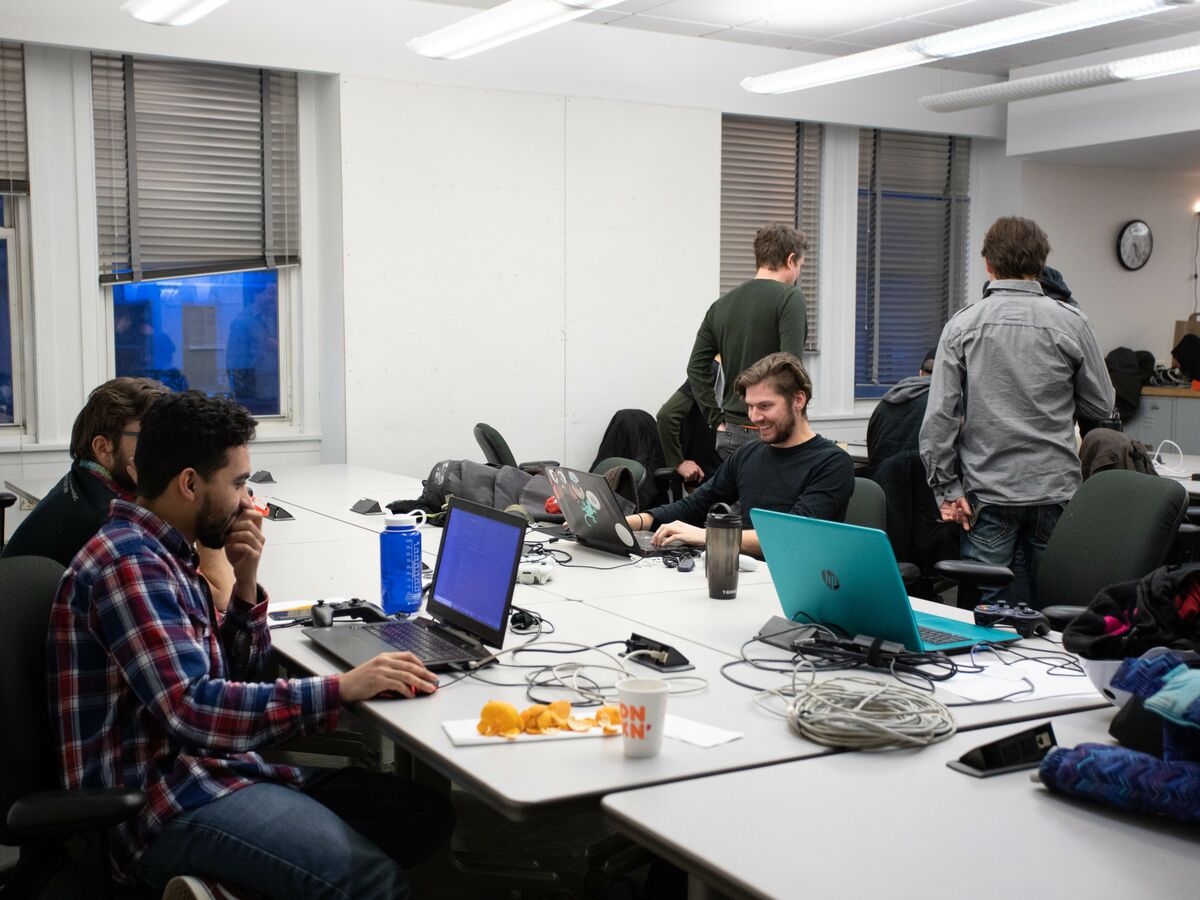
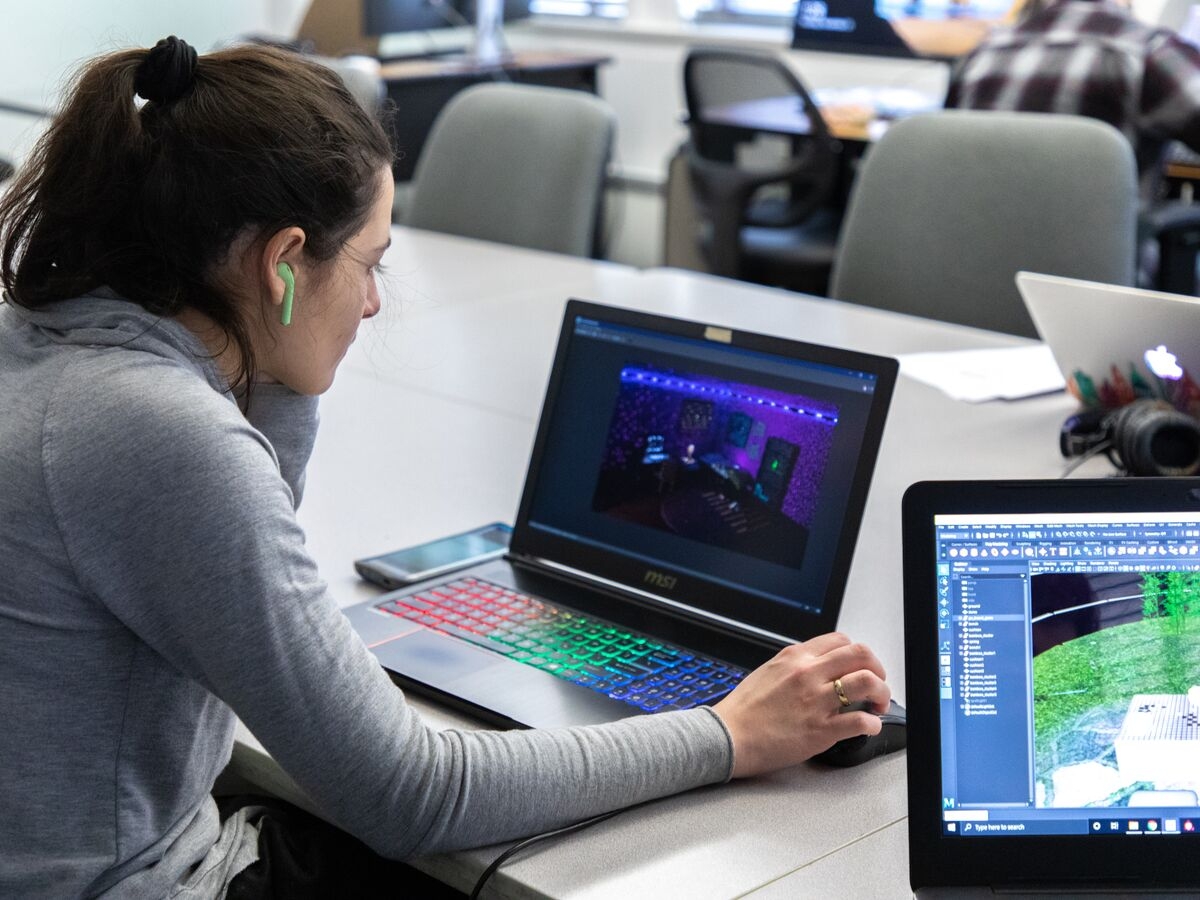
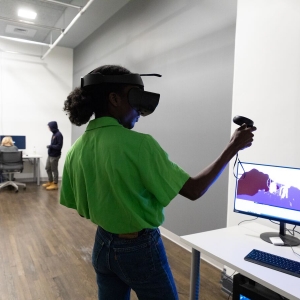
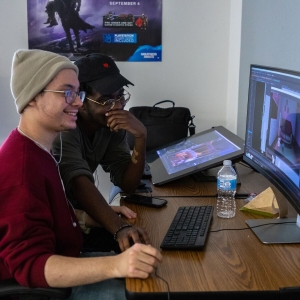
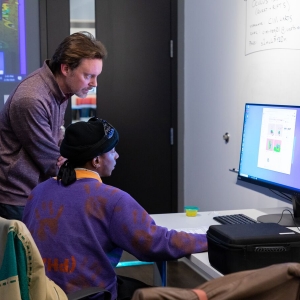

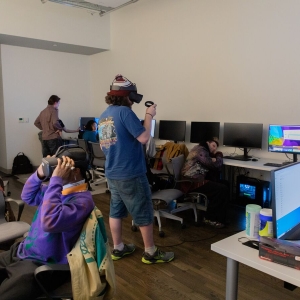
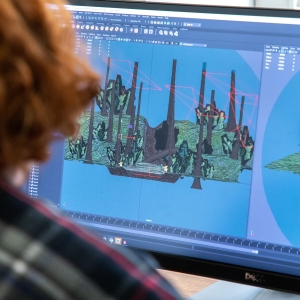
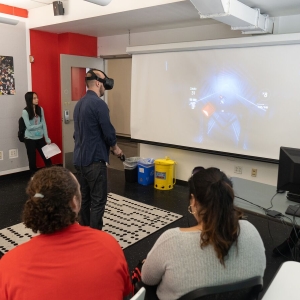
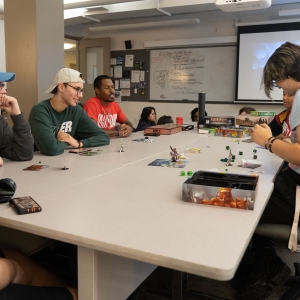
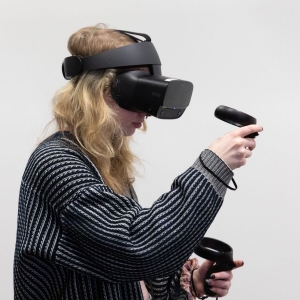
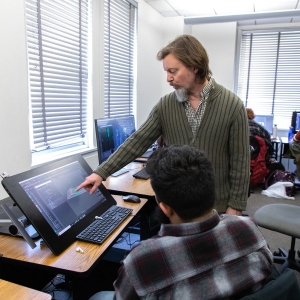
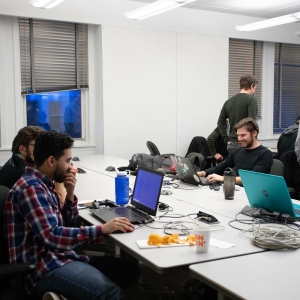
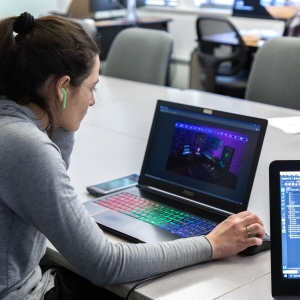

The 2020 Game Art Senior Thesis Exhibit features five individual projects in game design and visual development. Each represents a year-long research project into world-building, narrative structures of interactive experience, and a visual design optimized for the technical specifications of the target platform and user experience.

This year, UArts was the proud host of the Philadelphia chapter of the 2019 Global Game Jam! Artists of a variety of disciplines from all over the Philly area came together to collaboratively make games in just 48 hours. Students were given the opportunity to work alongside professionals for a full weekend! Projects ranged from full-fledged video games to handmade board games. Check out what they had to say about it!
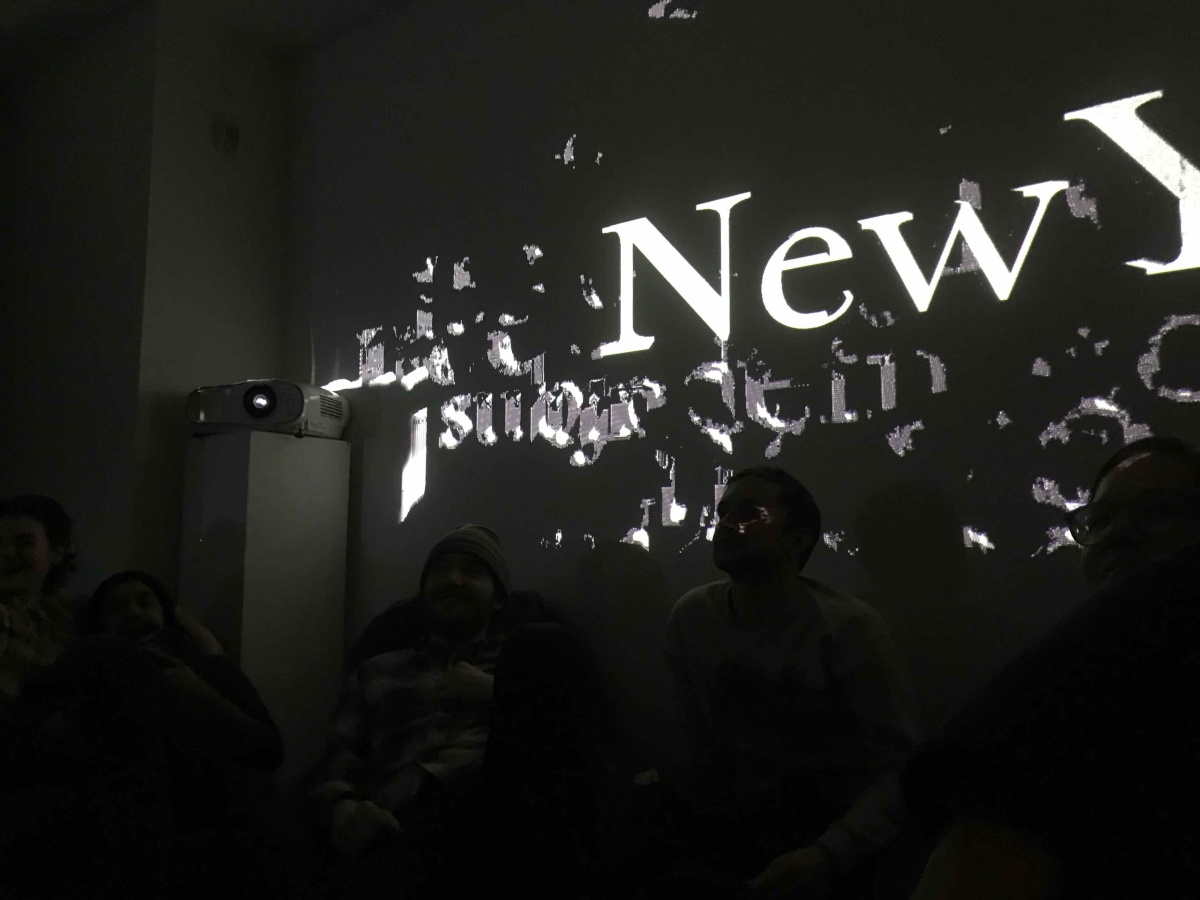
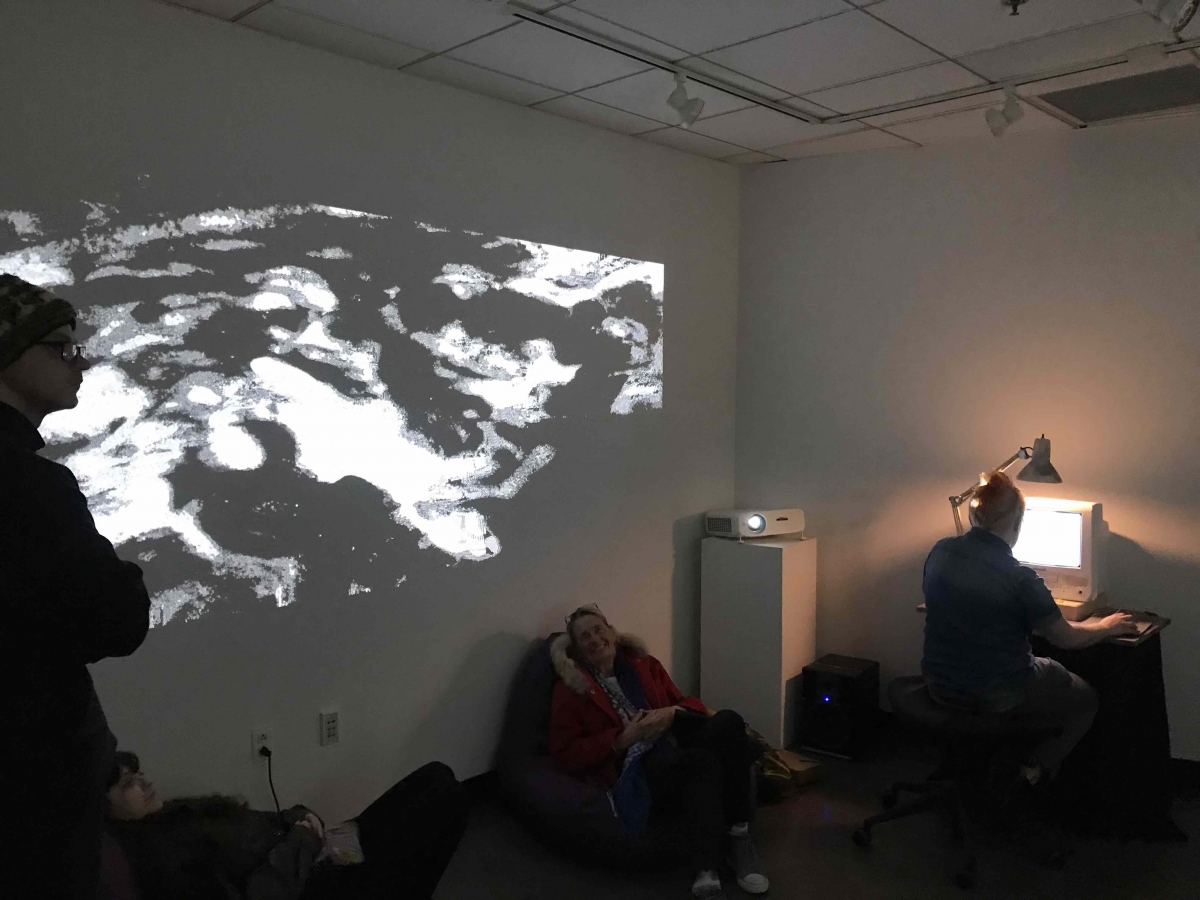
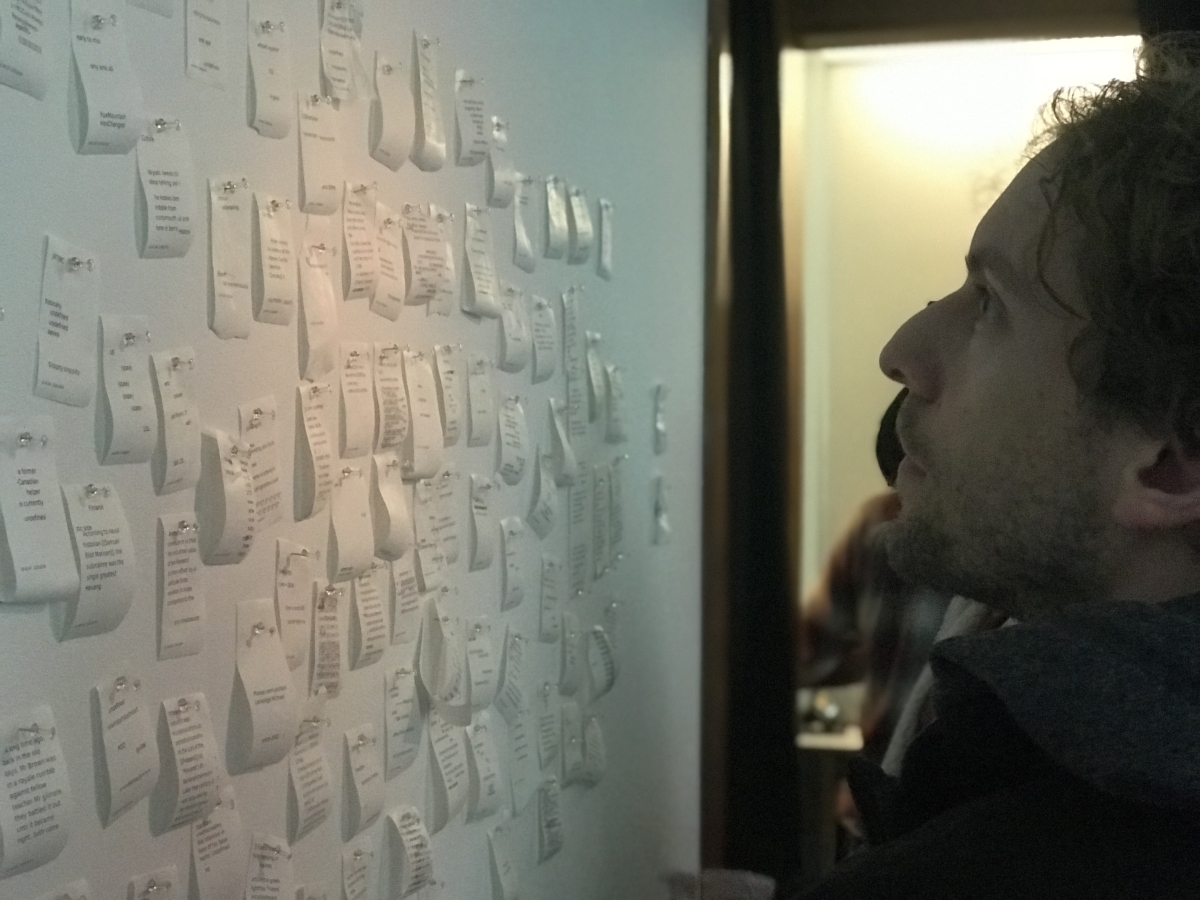
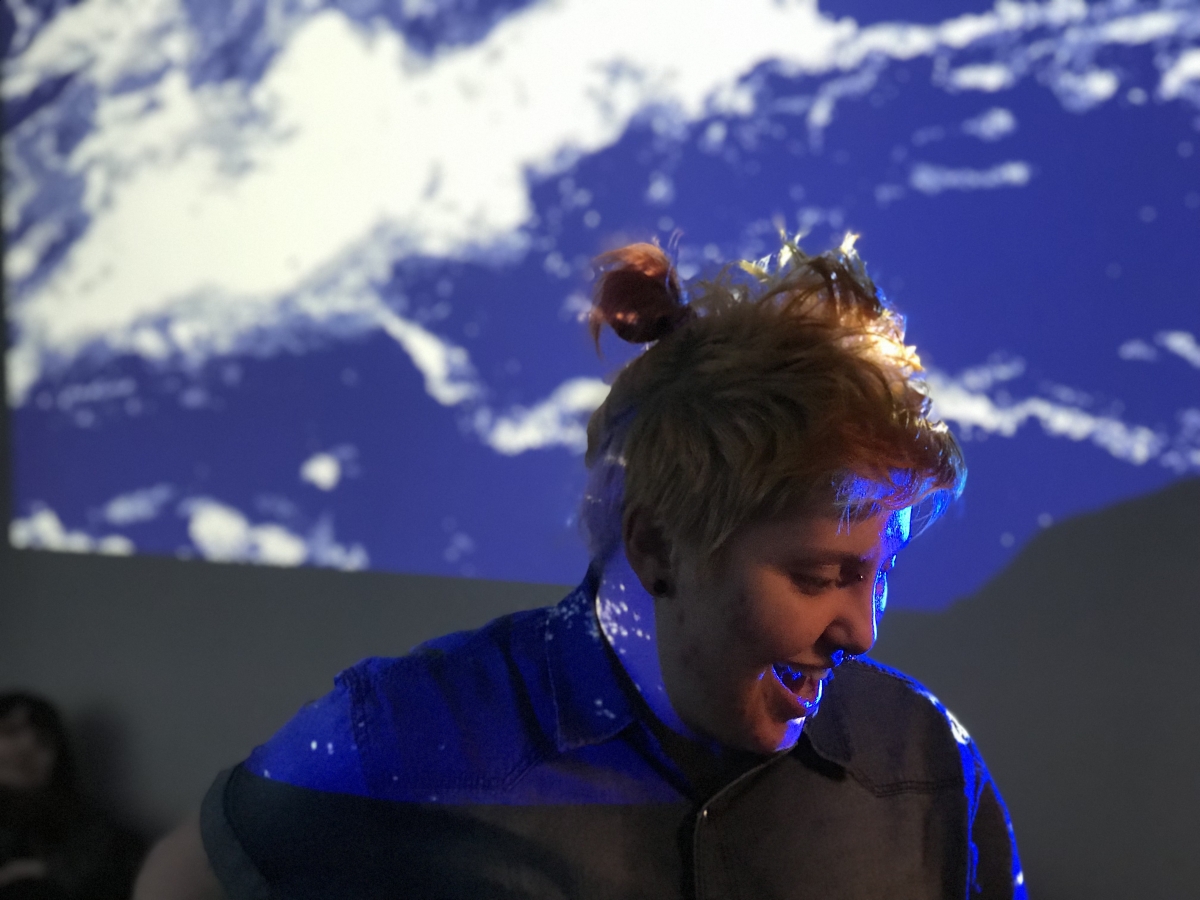
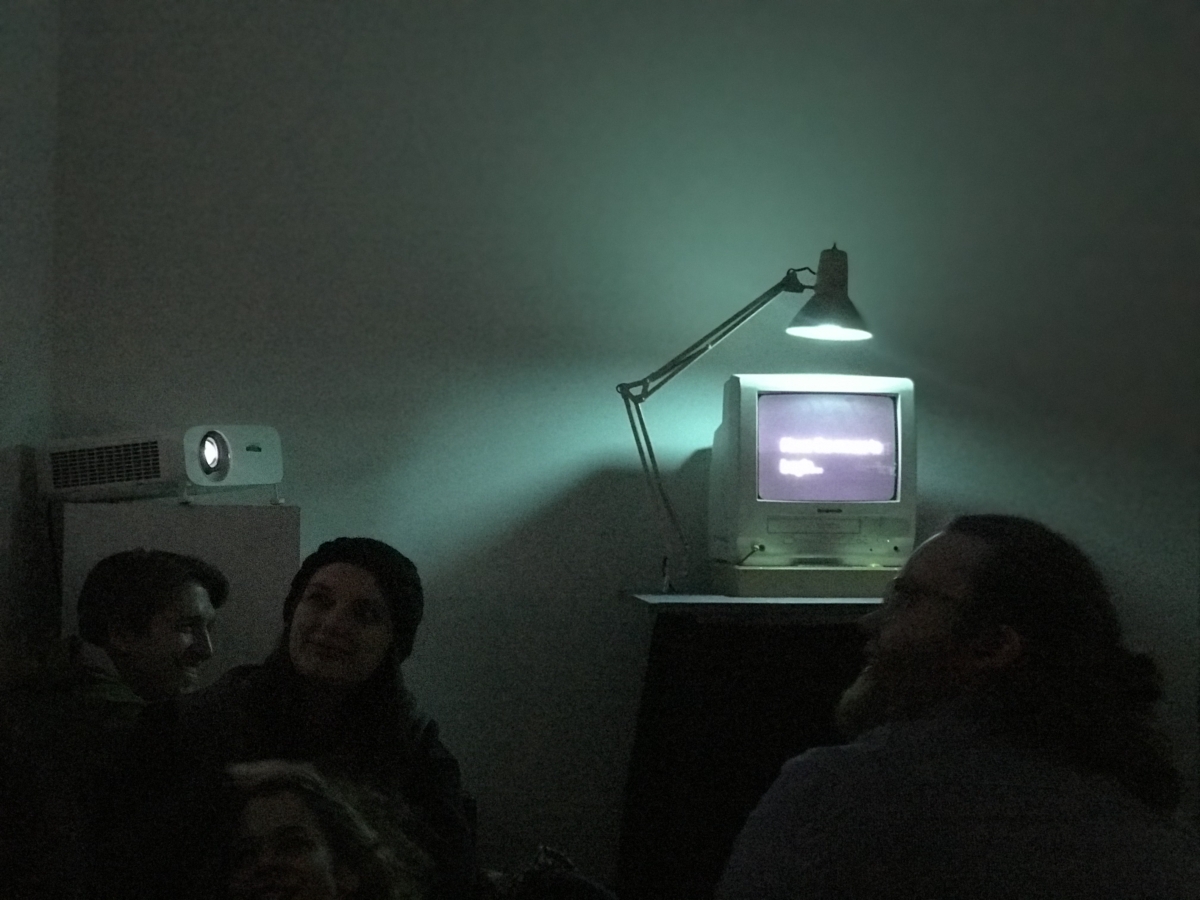
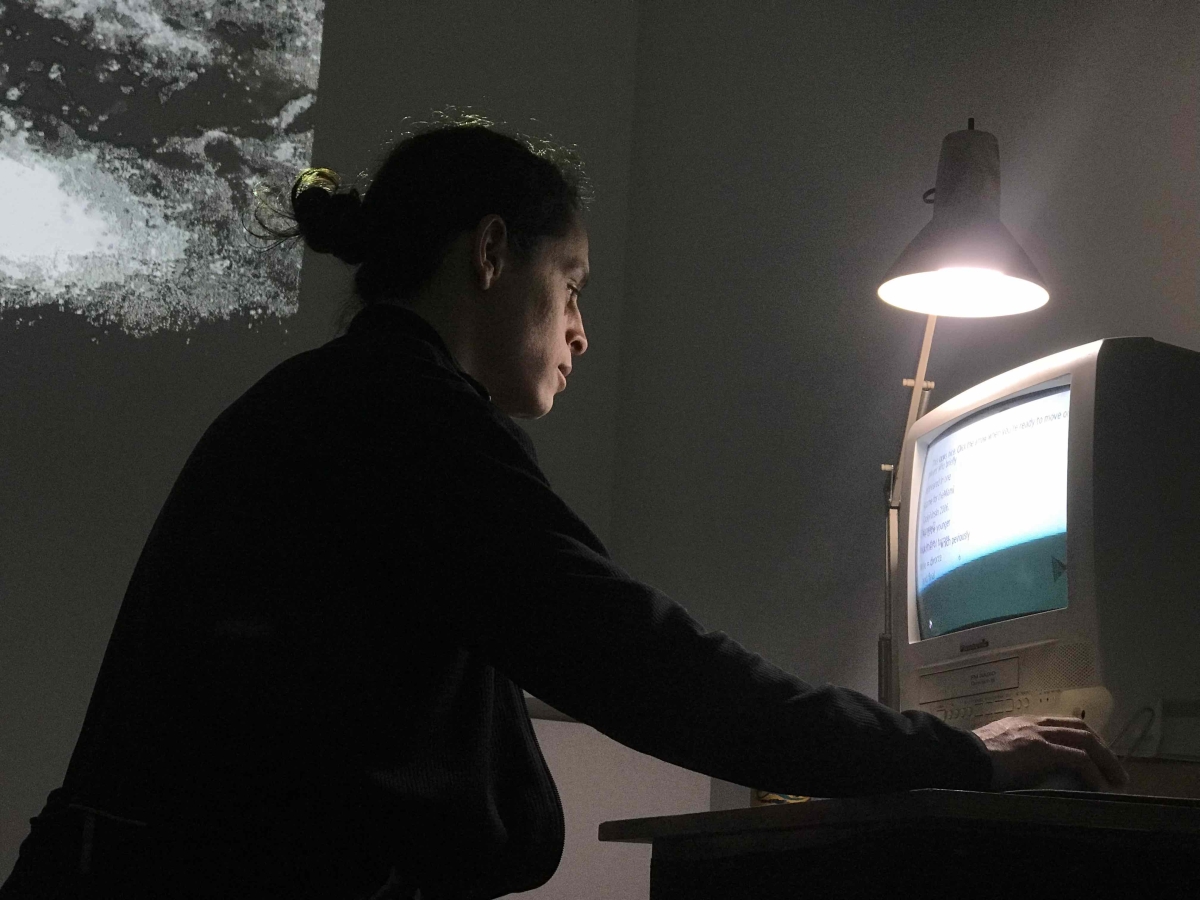
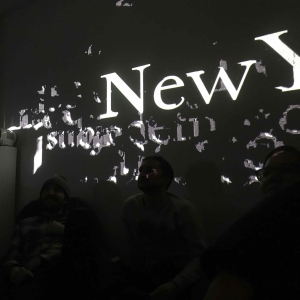
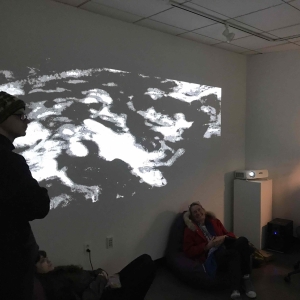
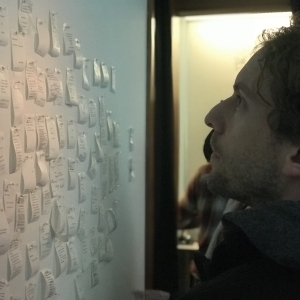
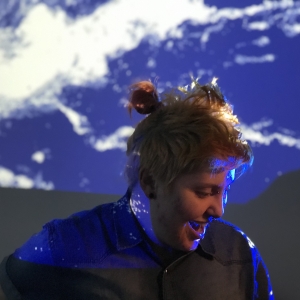
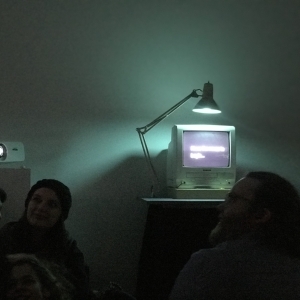
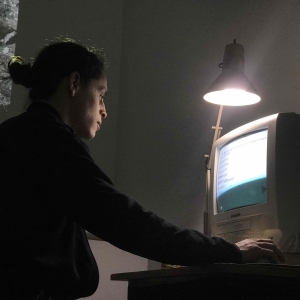
John Bezark is a West Philly based creative technologist, video artist and interactive designer. He works primarily in MAX/MSP/Jitter, node.js and webGL to build creative systems that are powered by technology. However, with a background in Theatre Directing, he also believes in making immersive and interactive experiences that are deeply rooted in storytelling and audience agency. He’s fascinated by complex systems, board games and history, and, on the whole, is looking forward to the future.
Chris Baldys is a musician and programmer based out of West Philadelphia. He plays guitar in the Post-Punk band “Rabbits To Riches” and performs solo music under the name “little stray” in addition to working with John Bezark on information sculptures. He’s excited to be playing with the immense amount of data and reference that surrounds us, that is, and shapes, the real. Emergent meaning; incomprehensible sources; Unprecedented scale. Communication is a splendid and horrifying affair.

About the Curriculum
Sample Courses in the Game Art Major
Successful practice engaging gaming, virtual/XR and real-time technologies requires a deep foundation in traditional methods and approaches in the visual arts. Drawing on the longstanding history of UArts in both applied and fine arts, the Game Art BFA degree program is uniquely positioned to accomplish this goal.
Game development is a cross-disciplinary field, and our approach uses a collaborative, interdisciplinary framework to develop skilled, virtual 3-D artists who can create compelling, complex digital worlds, from concept through realization. Nowhere but UArts will you find such a diversity of disciplines combined with the support of a small creative community.
By emphasizing the artistic components of immersive media creation, we are able to rethink and reframe the visualization of game worlds and experiences
Students who complete the Game Art program will demonstrate ability to
- utilize 3-D-game development tools and systems to produce technically competent works of art;
- imagine and express creative, innovative, visually engaging virtual worlds and characters;
- participate and collaborate successfully as effective members of creative development teams; and
- develop meaningful 3-D virtual objects, characters and worlds across a wide range of aesthetic styles while they adapt to rapid changes in the industry.
Sample Curriculum
Duration: 4 years, full time
Credits: 120 credits
Major requirements: 63 credits
Discipline history: 12 credits
Critical Studies: 30 credits
Free electives: 15 credits
Fall semester: 16.5 credits
Image/Time (3c)
Computer Art Studio (3c)
Drawing: Objects & Space or Object/Environment (3c)
Art History Survey I or II (3c)
Writing I Placement (3c)
Free elective (your choice) (1.5c)
Spring semester: 16.5 credits
Intro to Interface Design (3c)
Drawing: Objects & Space, Object/Environment, Video Production, Body as Form or Found & Fabricated (choose one) (3c)
Color (3c)
Thinking Through Science (3c)
Writing II Placement (3c)
Free elective (your choice) (1.5c)
Fall semester: 15 credits
Sound Design (3c)
Programming for Creatives (3c)
Intro to 3-D Animation (3c)
History of Games (3c)
Critical Studies (your choice) (3c)
Spring semester: 15 credits
Intro to 2-D Computer Animation, Illustration I: Pictorial Foundation or Figure Anatomy (choose one) (3c)
Virtual Environments (3c)
Advanced 3-D Computer Modeling & Lighting (3c)
Critical Studies (your choice) (3c)
Free elective (your choice) (3c)
Fall semester: 15 credits
Advanced 3-D Animation (3c)
Game Concepts I (3c)
Virtual Environments II (3c)
Free elective (your choice) (3c)
Critical Studies (your choice) (3c)
Spring semester: 15 credits
Professional Practices (3c)
Game Concepts II (3c)
Discipline history (your choice) (3c)
Critical Studies (your choice) (3c)
Critical Studies (your choice) (3c)
Fall semester: 15 credits
Digital Studio (1.5c) or Design Internship (3c)
Senior Studio I (3c)
Discipline history (your choice) (3c)
Critical Studies (your choice) (3c)
Free elective (your choice, based on choice above) (3–4.5c)
Spring semester: 12 credits
Senior Studio II (3c)
3-D Simulation & Effects or Special Effects Composition (choose one) (3c)
Critical Studies (your choice) (3c)
Free elective (your choice) (3c)
Explore the Full Curriculum
Faculty
Our award-winning faculty are active in the industry, including the CEO and co-founder of THIS IS POP, a Manhattan-based game studio currently creating games for networks like Adult Swim; the president of the Philadelphia chapter of the IGDA; organizers for the local game guild Philly Game Mechanics; and the digital art director for several internationally best-selling AAA game titles.
Career Development
The game industry is the biggest entertainment industry in the world today, employing more artists than any other industry. Games-as-entertainment is just the tip of the iceberg. A mastery of real-time graphics and game engine technology is the most in-demand skill set for designers in any field and applies to industries ranging from entertainment to medical visualization, scientific modeling, educational applications and more. Professional careers include 3-D generalist, environment artist, character artist, gameplay animator, game designer, level designer, UI artist, UX designer and VFX artist.
The Game Art program prepares you to enter the industry through real-world projects and networking opportunities. In classes such as Professional Practices and Digital Studio, you’ll establish a professional identity, learn to create an effective work environment and collaborate on multimedia projects for outside clients. You can gain further practical experience through an internship with a regional or local company.
Companies that have hosted UArts interns include Analytical Graphics Inc; Comcast; Perfect Prototype and PHL Collective. Recruiters that have visited the Game Art program include Bethesda Softworks, Sony’s Santa Monica Studio and more.
Recent Graduates
UArts alumni have gone on to work on titles like the God of War series (Sony) and the World of Warcraft series (Blizzard). Recently, Danielle Vuono BFA ’19 was nominated for best student game at the Independent Games Festival 2019, where well-known games such as Night in the Woods and Celeste have been recognized. She went on to win the prestigious WomenIn Scholarship from the Academy of Interactive Arts & Sciences.
Events
Facilities
The game design industry is constantly growing and changing with new technologies. In the Game Art program, you’ll become proficient with the contemporary software and tools needed to start your desired career.
You will learn to use
- game engines such as Unity and Unreal,
- 3-D modeling and animation software like Autodesk Maya,
- 3-D sculpting and concepting programs including ZBrush and Mudbox, and
- 3-D texturing/surfacing programs such as Adobe Substance Suite.
Game Art facilities include
- three high-end PC workstation labs,
- two with Cintiq monitors and one with double-wide monitors;
- an equipment room with cameras, microphones, and VR and AV equipment available for checkout; and
- digital audio workstations and edit bays.
Center for Immersive Media
UArts’ Center for Immersive Media (CIM) is a 5,600-square-foot facility dedicated to exploring the fields of virtual and mixed reality, performance motion-capture, and human-computer interaction through collaboration across the disciplines of the visual and performing arts. The space includes
- an optical motion-capture system for full-body performance capture and location-based VR applications;
- a four-channel audio system, multiple video projectors and lighting, as well as a control station;
- a 16-station computing classroom with PCs optimized for real-time graphics rendering; and
- two large project rooms with ceiling grids for the development of installations and virtual environments.
How to Apply
UArts offers recommended priority deadlines; students who apply and submit all required materials by the priority deadline will receive first consideration for scholarship aid from UArts. Applications received after the priority deadline will be reviewed on a rolling, space-available basis.
International students requiring an F-1 visa for study in the U.S. might be subject to earlier deadlines to provide time for completion of the visa process. Contact Admissions for guidance if you are an international student who wishes to apply after the priority deadline.
Spring 2024 priority deadline: Oct. 15, 2023
Fall 2024 priority deadline: Feb. 15, 2024
We cannot accept spring 2024 applications after Jan. 8, 2024, and cannot accept fall 2024 applications after Aug. 16, 2024.
The following materials are required for your application.
Start or resume your application.
-
The application includes two required short-answer questions: What excites you about UArts? What inspires you?
-
If you qualify for a fee waiver from NACAC, CollegeBoard, UArts or another source, indicate that on your application. If the cost of the application fee is a barrier, contact Admissions to request a fee waiver code.
-
Official transcripts must be sent directly from your school by mail, email or a secure electronic document-delivery service.
-
International transcript requirements
-
If you’ve attended high school outside the U.S., read the additional guidelines for international transcripts.
-
-
Transfer student transcript requirements
-
High school transcripts may be waived for transfer applicants who have completed a minimum of 24 credits of college-level coursework, including a minimum of 18 academic, non-studio credits.
-
Official college transcript(s)
-
Official transcripts must be sent directly from all the colleges you have attended by mail, email or a secure electronic document-delivery service.
-
If you’ve attended college outside the U.S., you are required to have an official course-by-course evaluation of your college coursework sent to UArts. Additional guidelines for international transcripts are available.
-
-
A portfolio is required for all Art, Design, Film and Writing programs. Your portfolio may be uploaded during the application process or via your applicant status portal after submission. You must confirm when your submission is complete via the linked electronic form before your portfolio can be reviewed for admission.
Letters of recommendation from teachers or mentors are optional and may be submitted by the recommender via email to undergradcredentials@uarts.edu or by your high school through a secure electronic document-delivery service.
Apply now.
Scholarships & Financial Aid
UArts recognizes the extraordinary talent of our students through a range of merit-based scholarships. All applicants are automatically considered for such scholarships—no special application is necessary.
Nearly 80 percent of UArts’ undergraduate students enrolled on a full-time basis are eligible for some type of need-based aid. Additionally, some scholarship opportunities take need-based criteria into account. All students who are U.S. citizens or eligible non-citizens and are enrolled in a degree program are encouraged to apply by completing the Free Application for Federal Student Aid (FAFSA).
Learn more about tuition and financial aid.
We encourage students to complete the FAFSA by March 15, if possible.
Many students and families have encountered technical challenges while trying to complete the FAFSA this year. If this is the case for you, continue to utilize the FAFSA support resources until your issue is resolved. UArts will ensure that all admitted students who file the FAFSA are eligible for the same institutional funding to support your costs.
FAQ
Frequently asked questions about the Game Art BFA program.
The worth of a Game Art degree depends on your passion for the field and your career goals. A Game Art degree can provide you with specialized skills in digital art, 3-D modeling, texturing and animation, which are valuable for pursuing a career in the game industry. However, success in the field also relies on building a strong portfolio, gaining practical experience and staying up-to-date with industry trends.
Game design requires both creativity and technical expertise. Important skills include proficiency in 2-D and 3-D digital art, concept art, character design, environmental design, digital sculpting, texture mapping, animation, storytelling, problem-solving, and familiarity with game development tools and software.
Game art design is the process of creating visual elements for video games. It involves designing characters, environments, props and other visual assets that contribute to the overall aesthetic and immersion of a game. Game artists use various digital art techniques, 3-D modeling software and animation tools to bring their creations to life within a game’s world.
About the School of Film
University of the Arts’ School of Film strongly believes in creative collaboration, self-expression and professional preparation through its programs in Animation, Film, Film and Animation, Film Design, Game Art, and Screenwriting.
It also offers minors in
- Animation,
- Film,
- Film and Media Studies,
- Game Art, and
- Screenwriting.
The School of Film prepares students for careers in the film and entertainment industries via internships, networking events and an on-campus series with professional alumni. Our graduates become directors, editors, animators, game artists, cinematographers, art directors and screenwriters, working in the region and around the world.
About the School of Film
Learn MoreTerra Hall
211 S. Broad Street
Philadelphia, PA 19107
Follow the Game Art program
Get Started

Start your application
Begin your application today. Our admissions team will help you throughout the process.
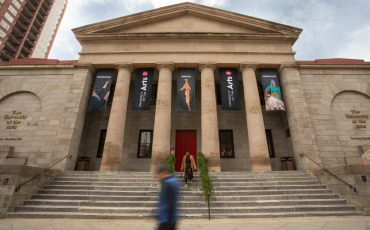
See UArts for yourself
The best way to get to know UArts is by visiting our campus in person. Come see a show, visit a gallery, and get to know the neighborhood.

Not sure where to start?
We're glad you want to learn more. Our admissions team is happy to send additional information about our school.

